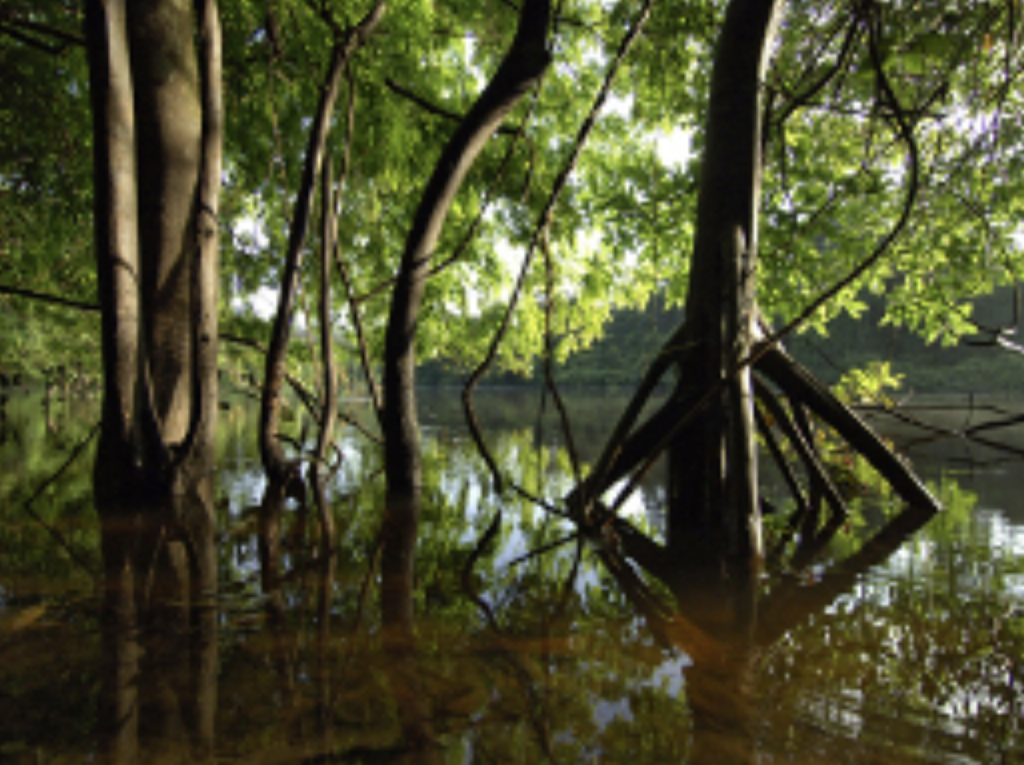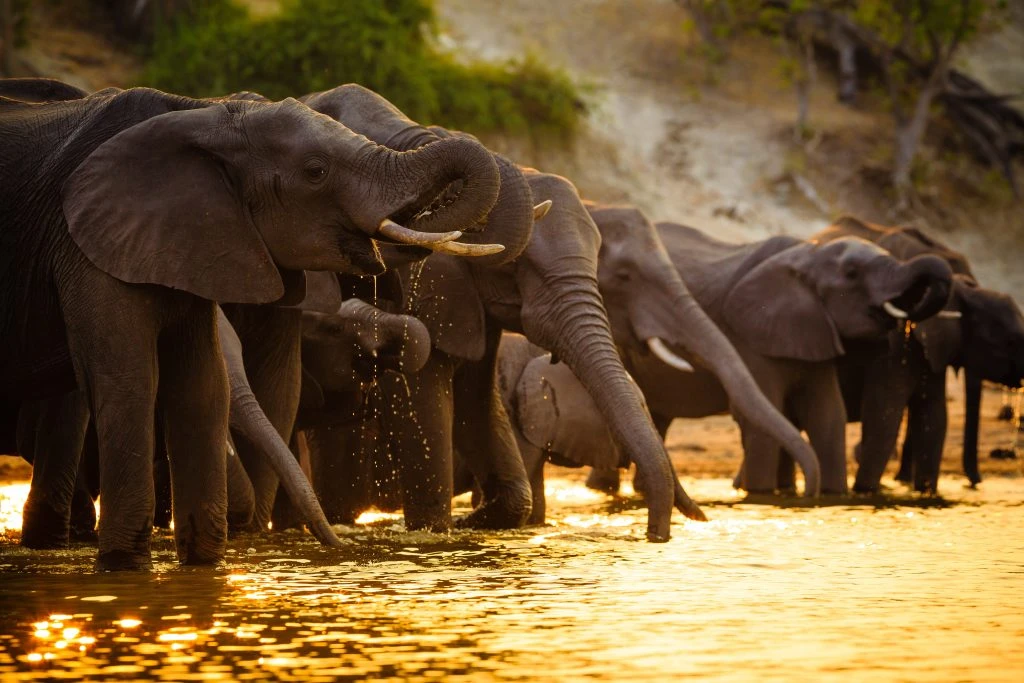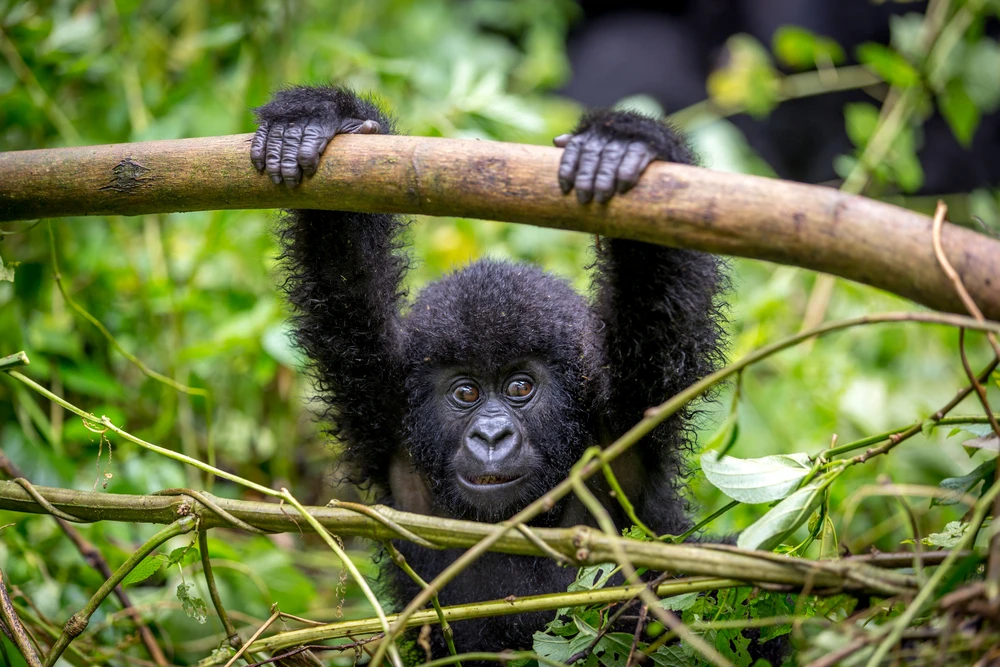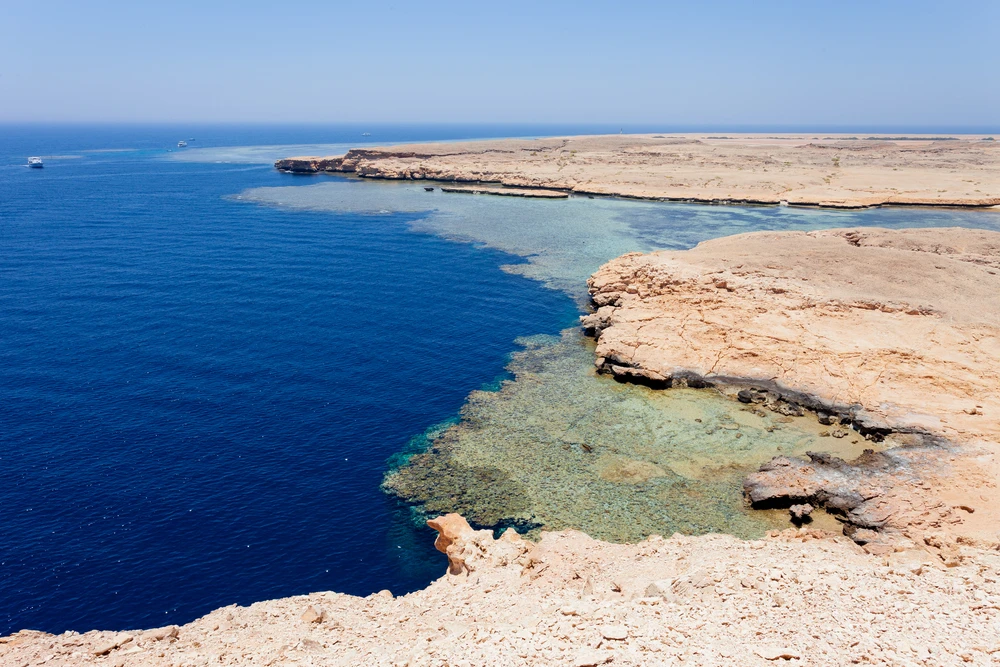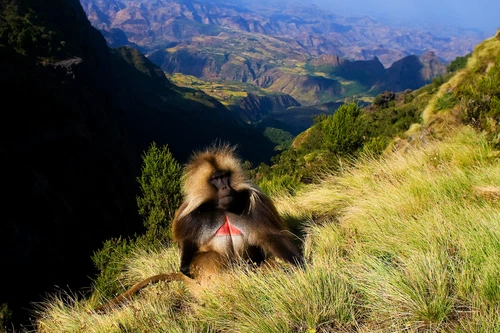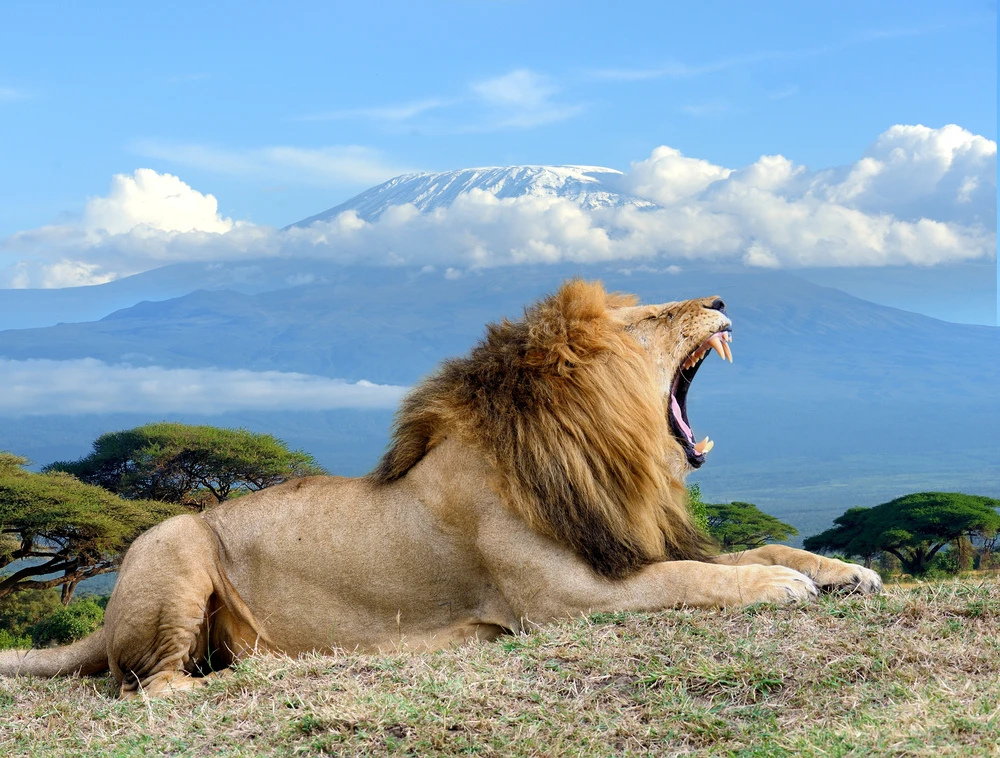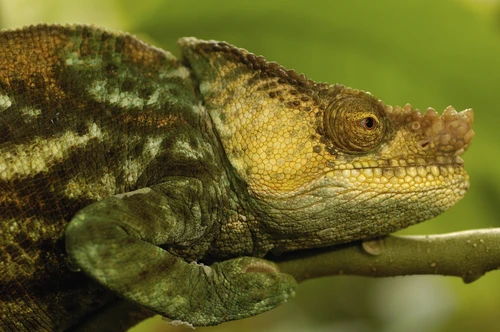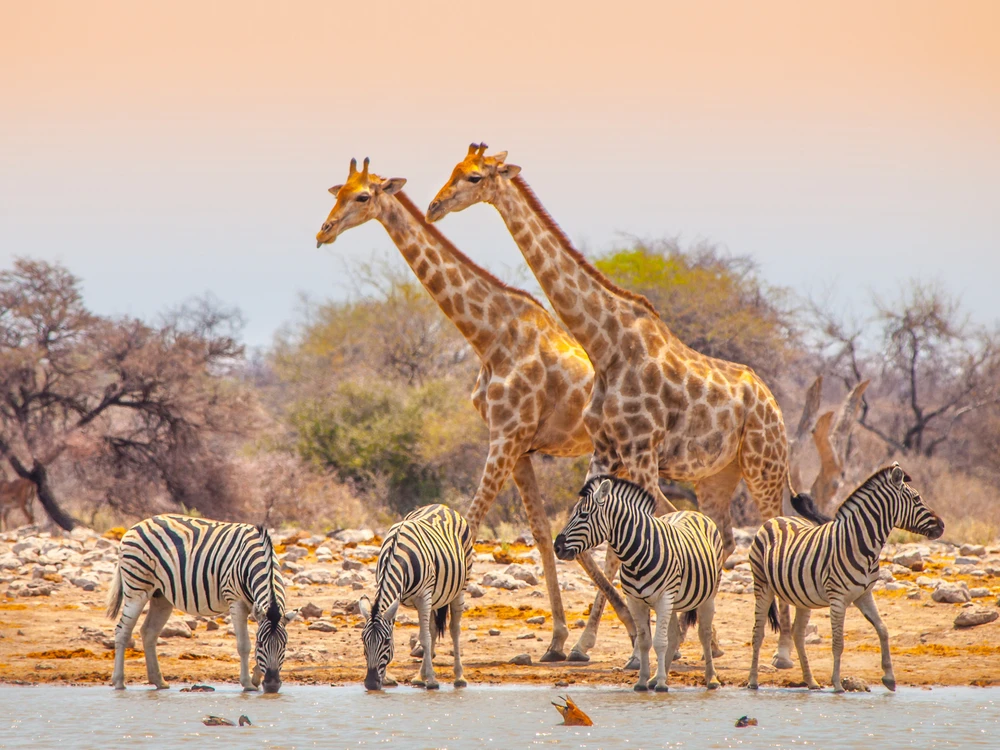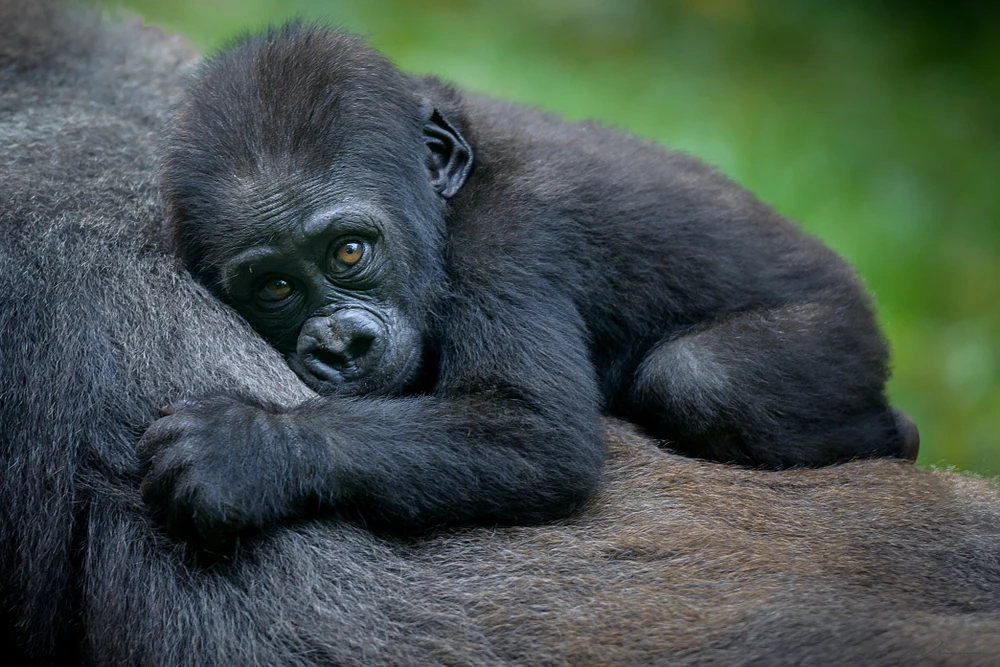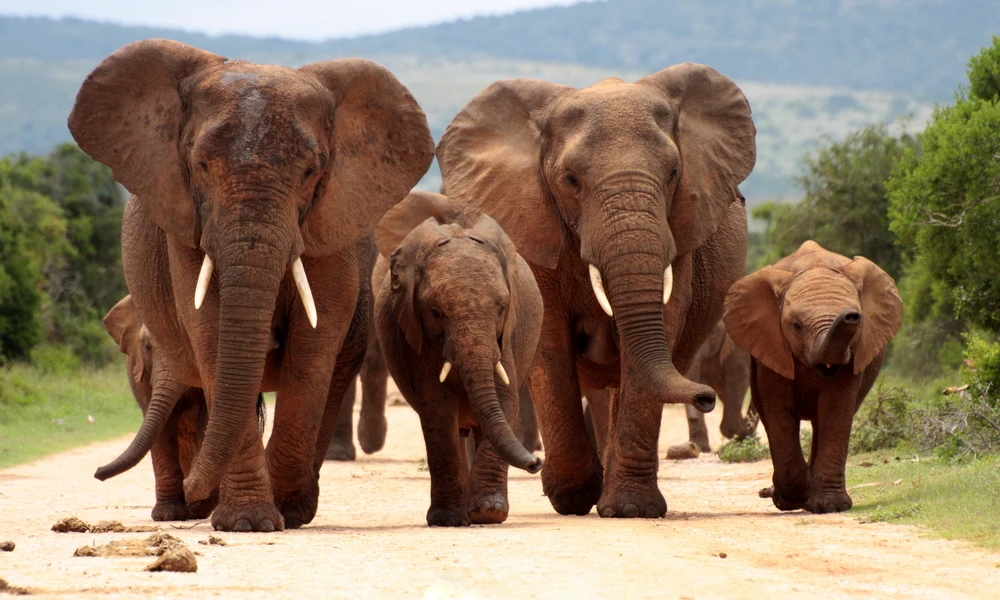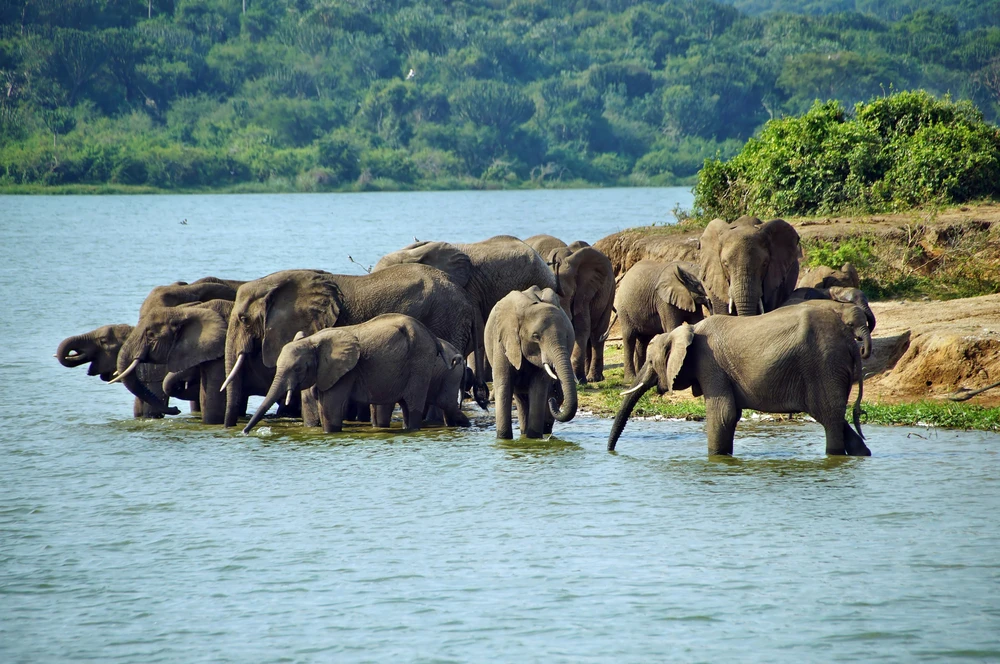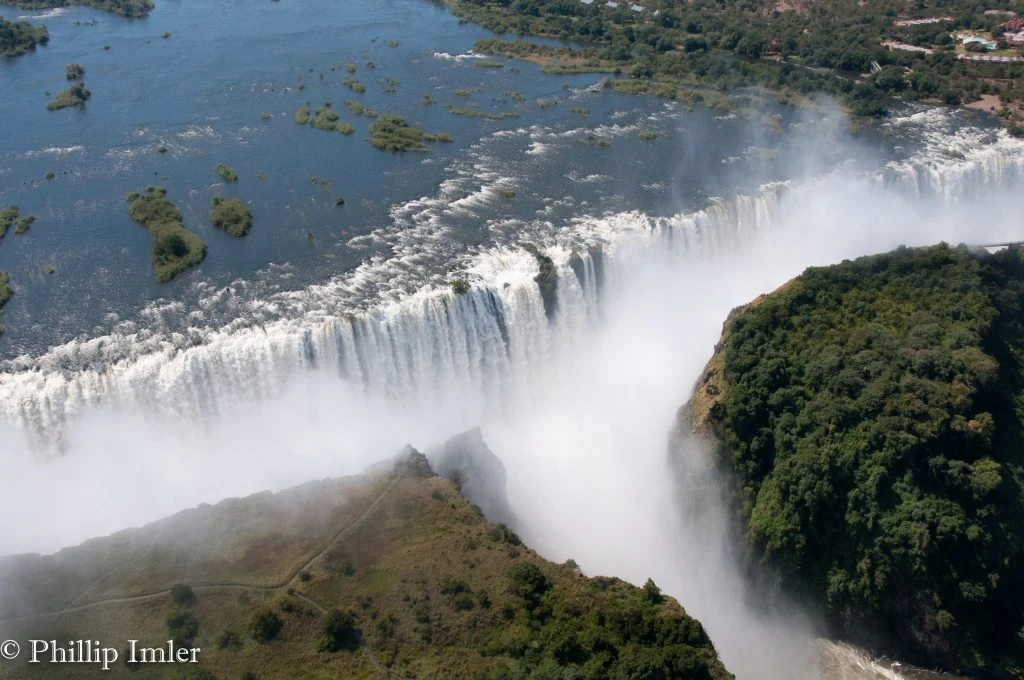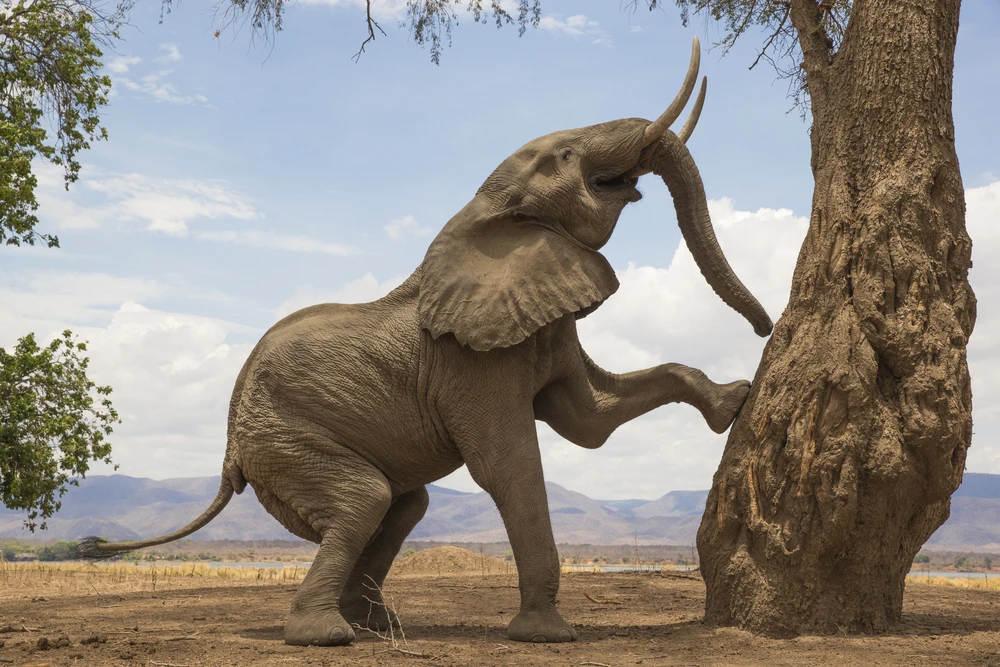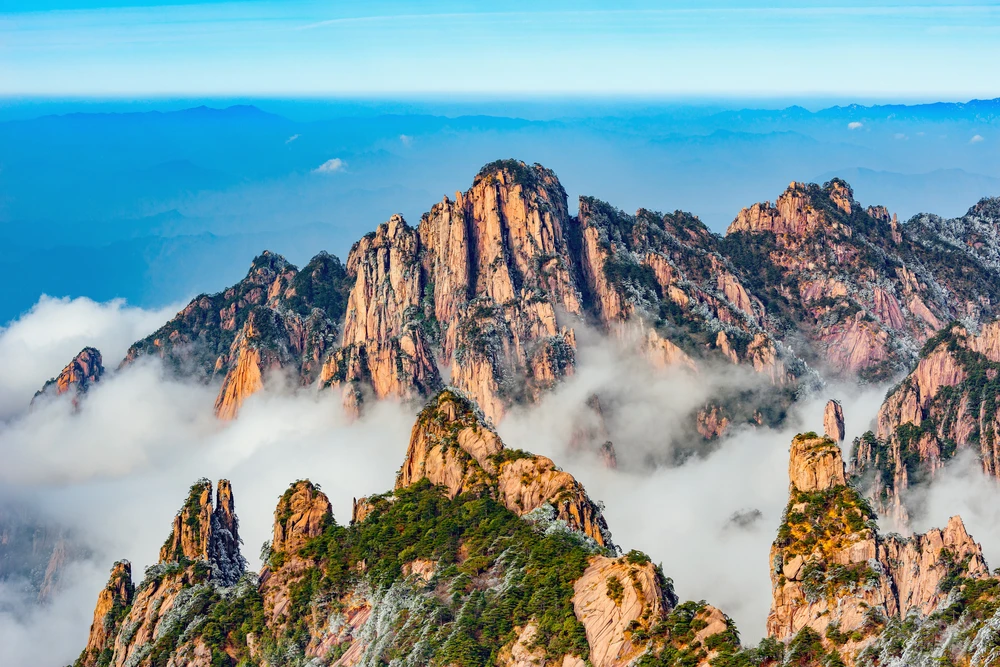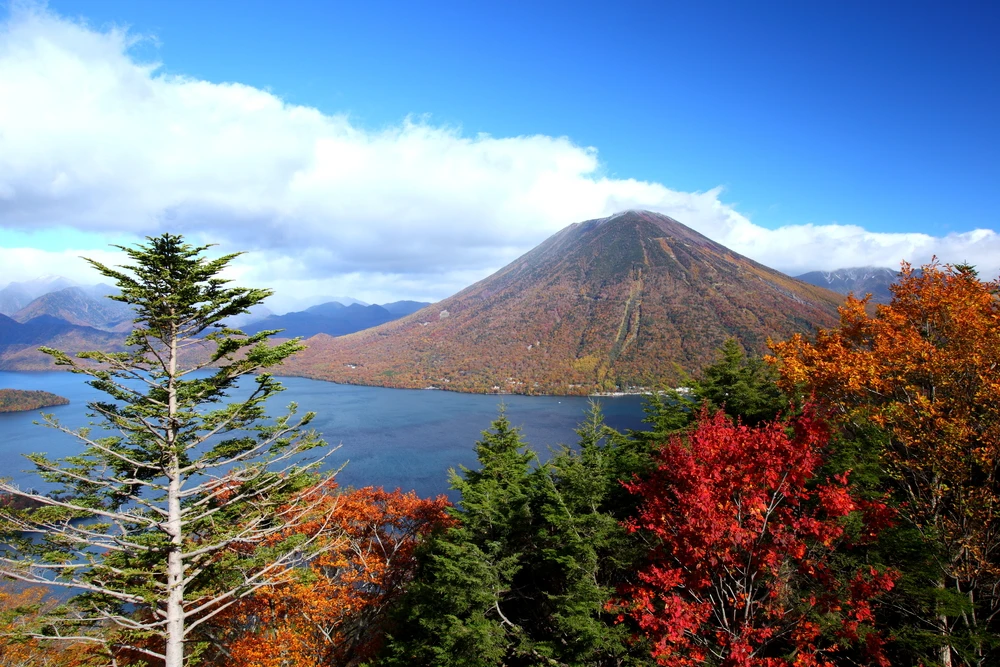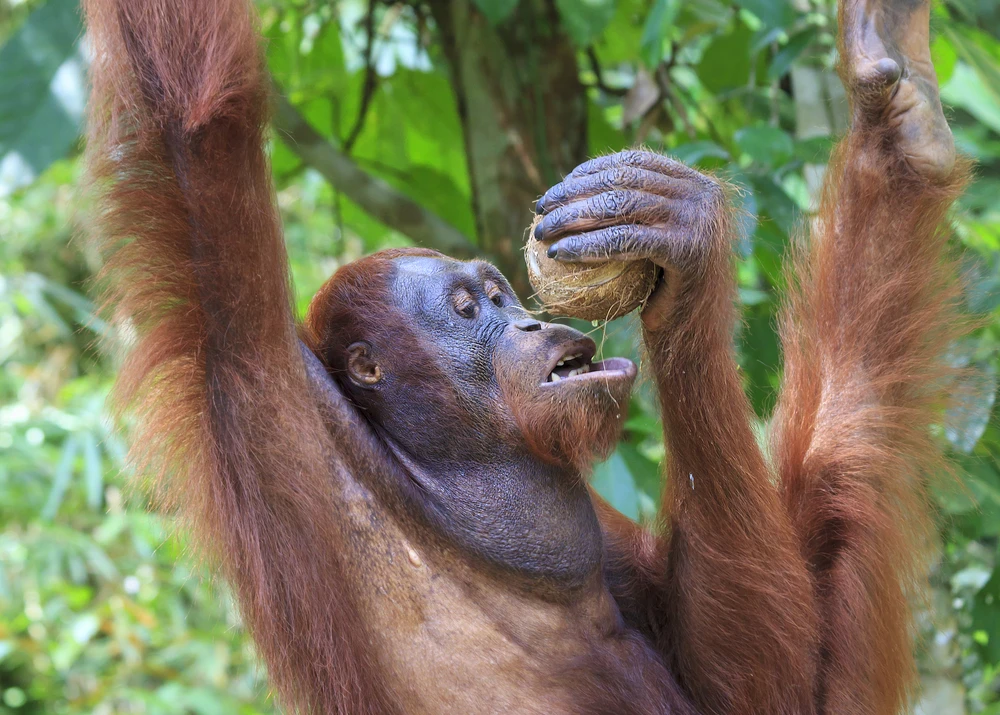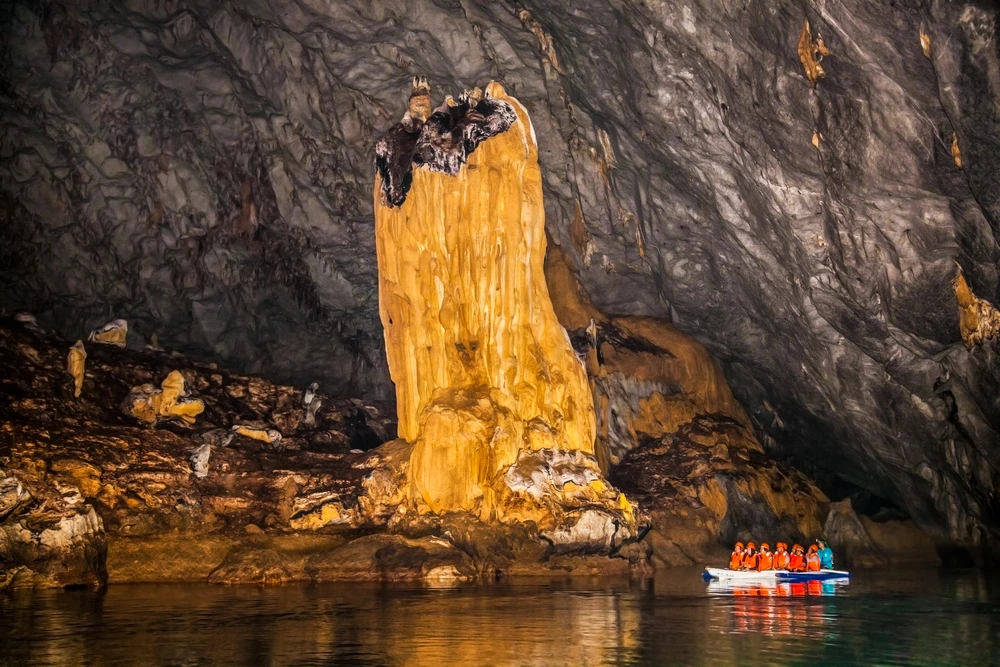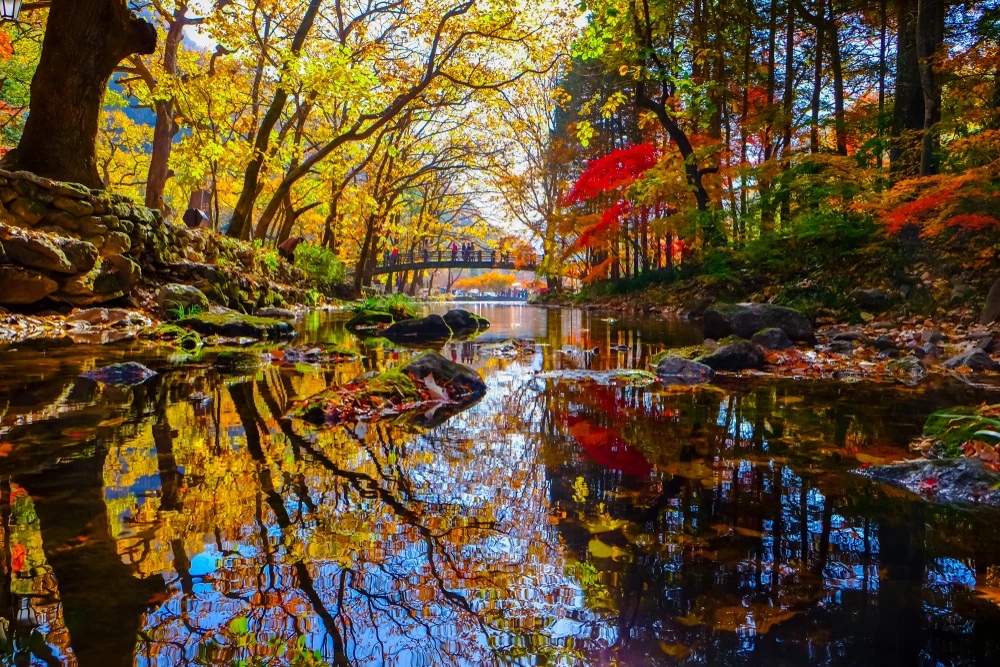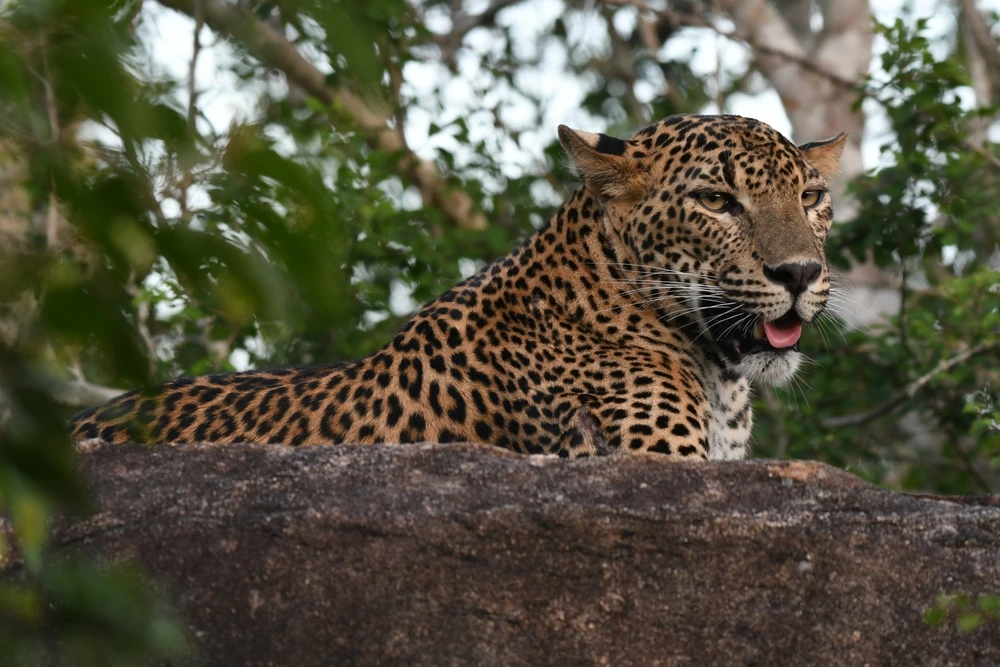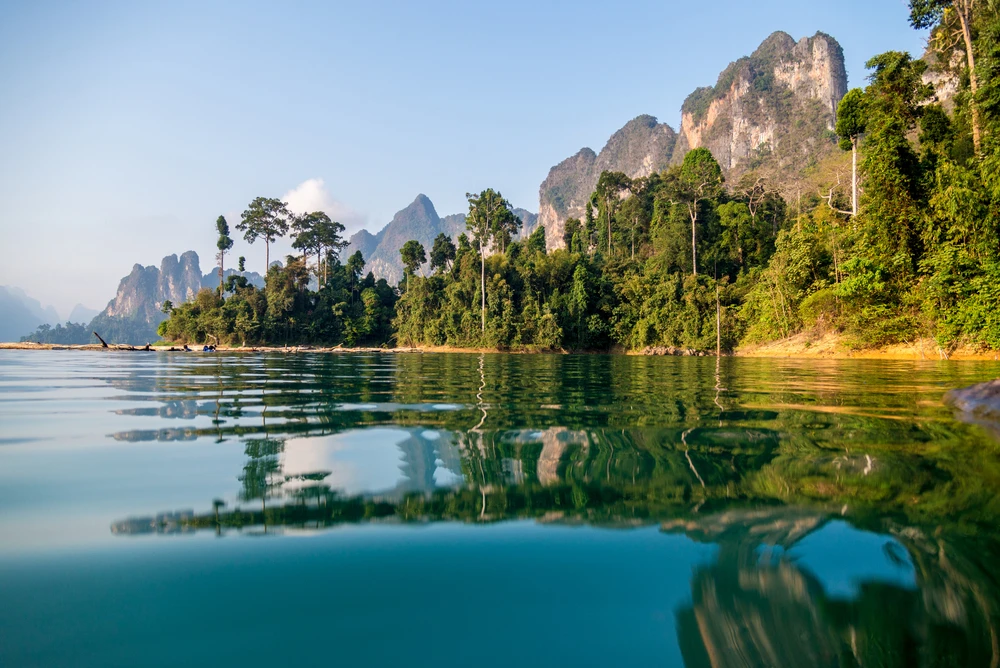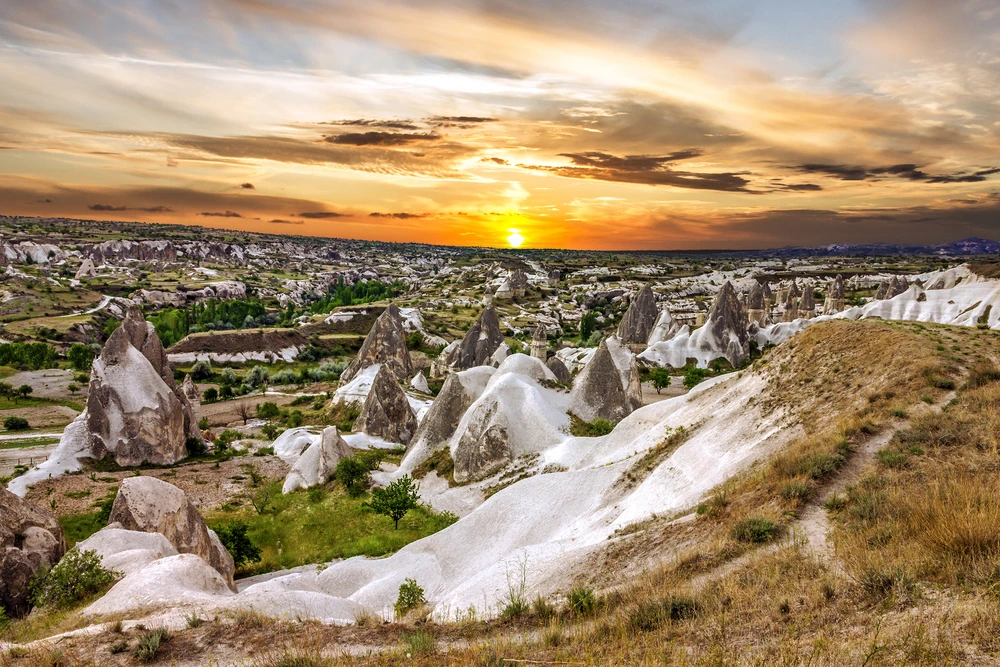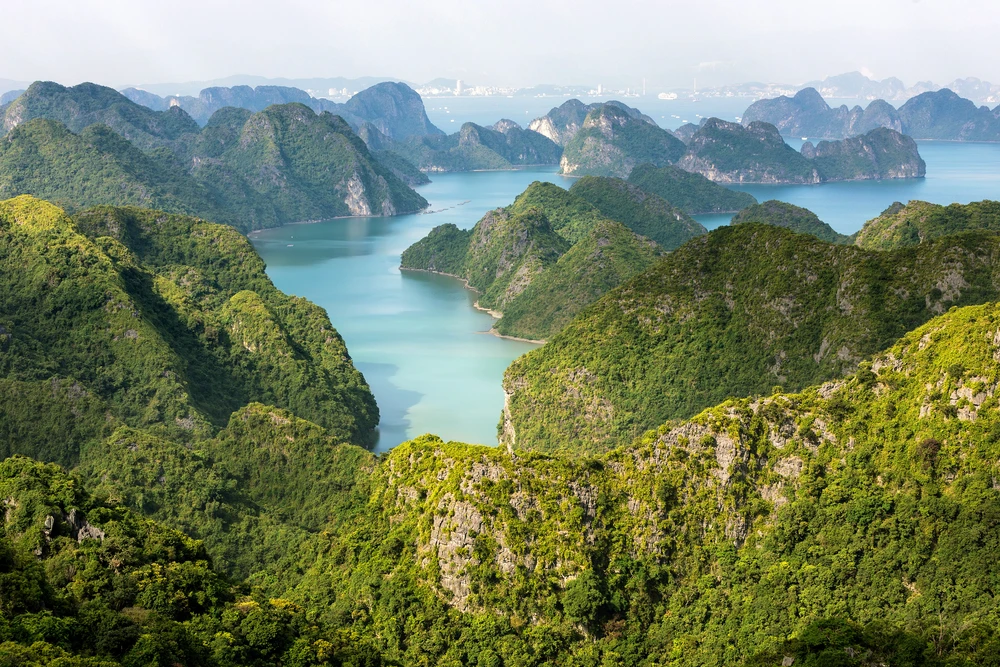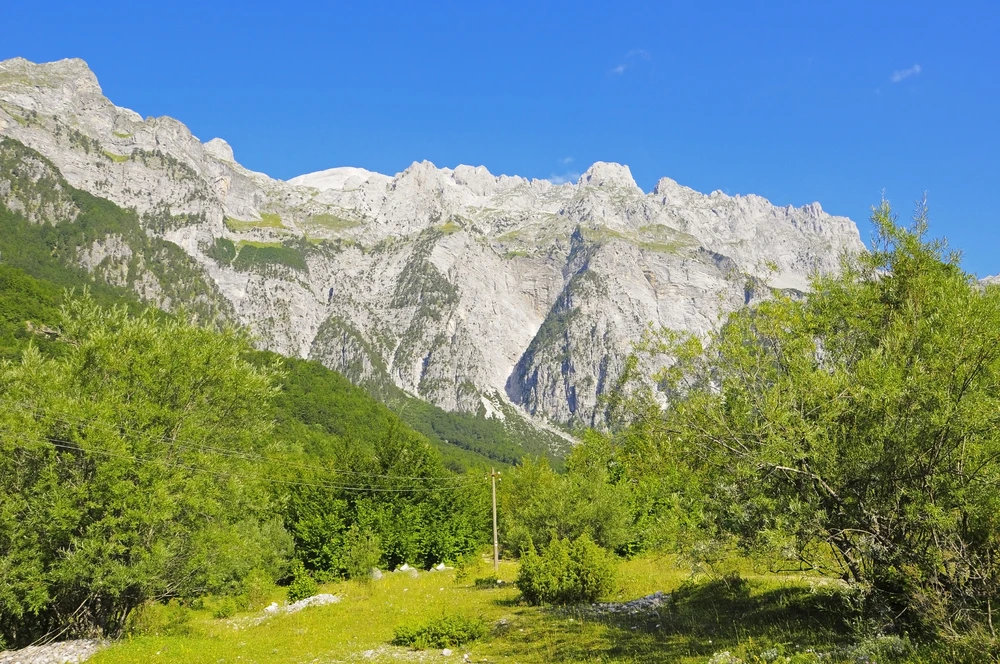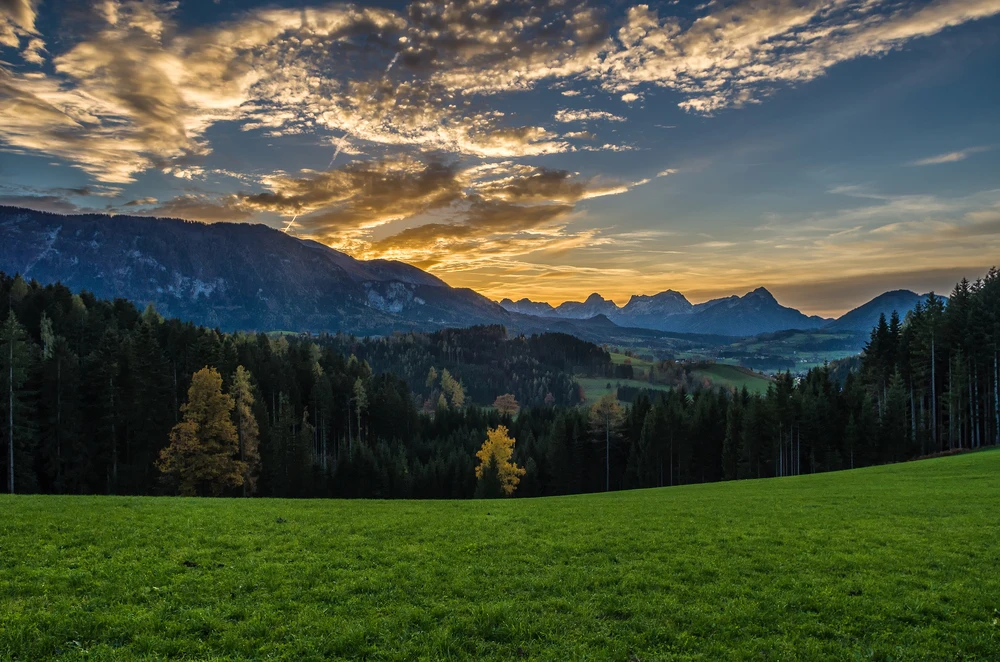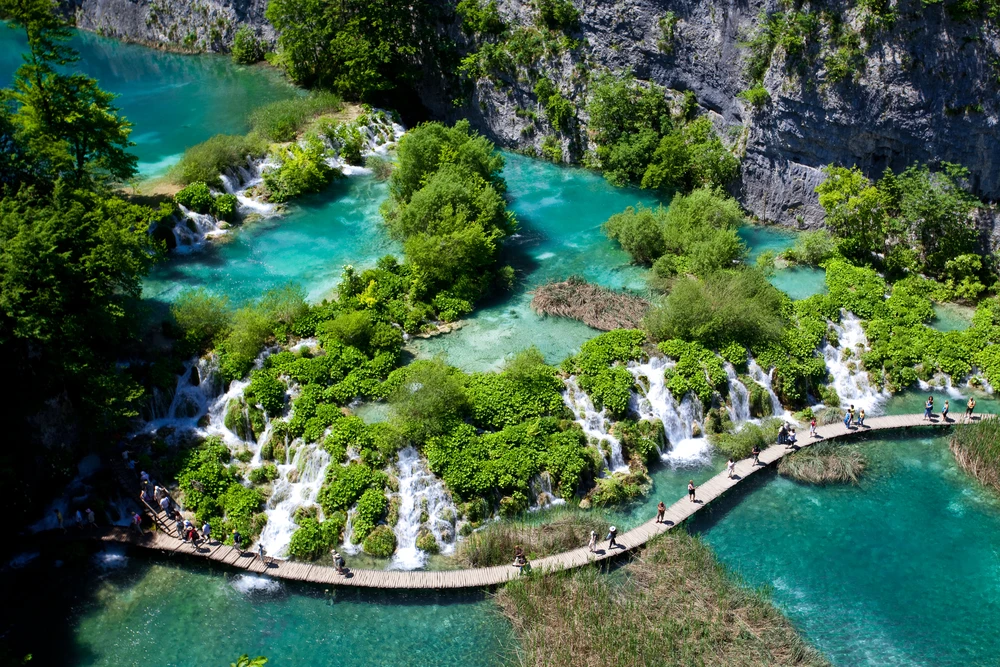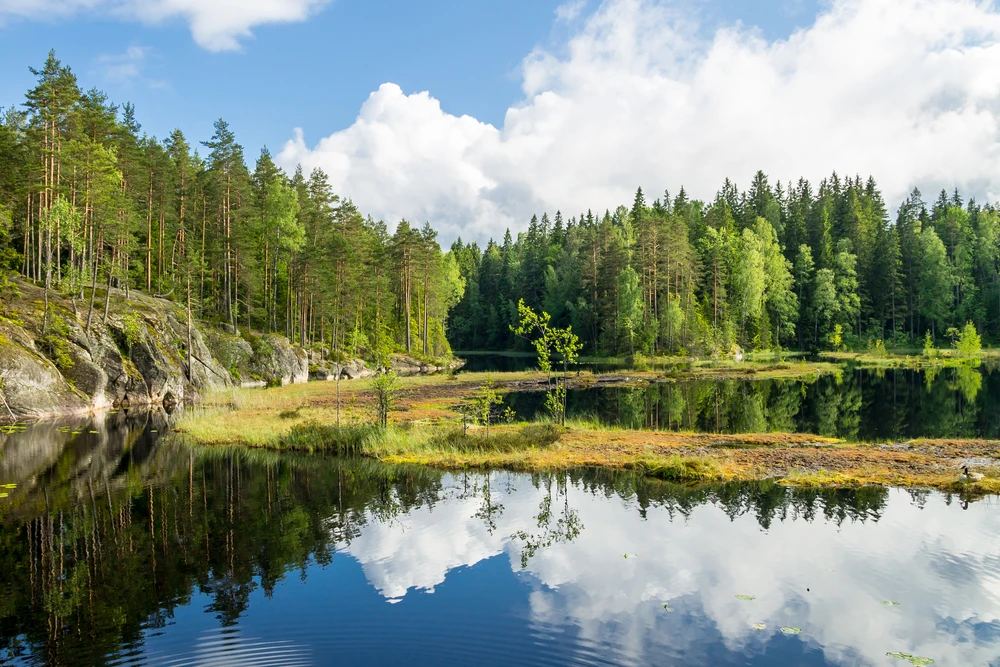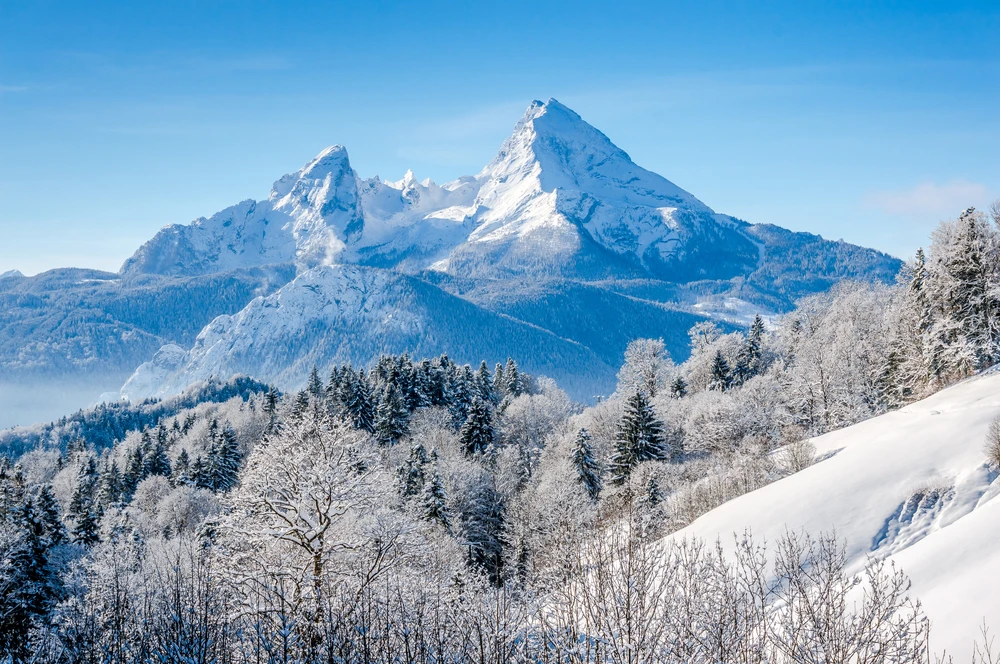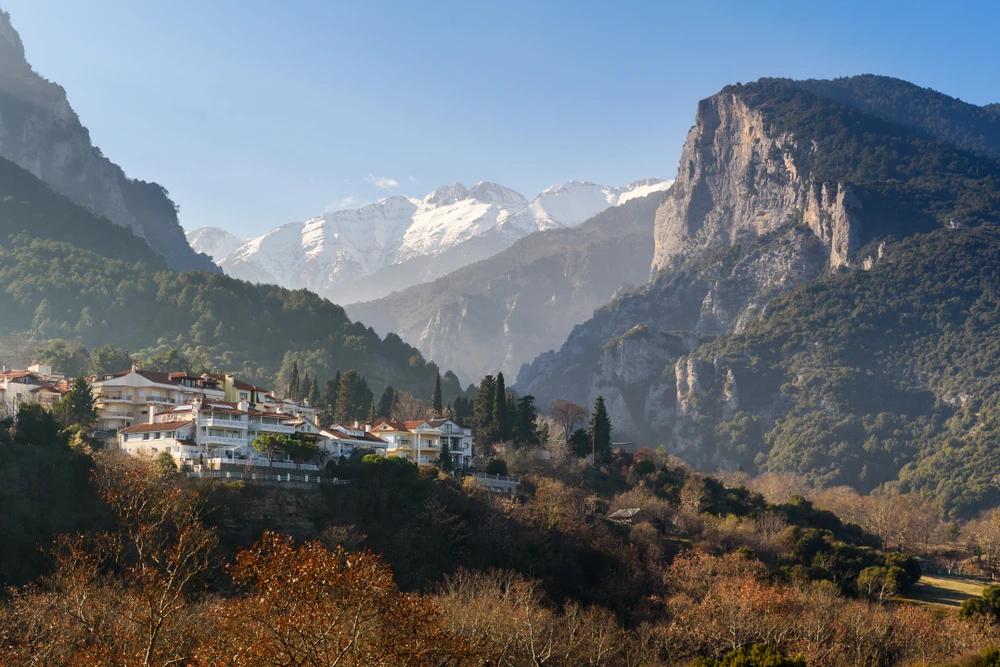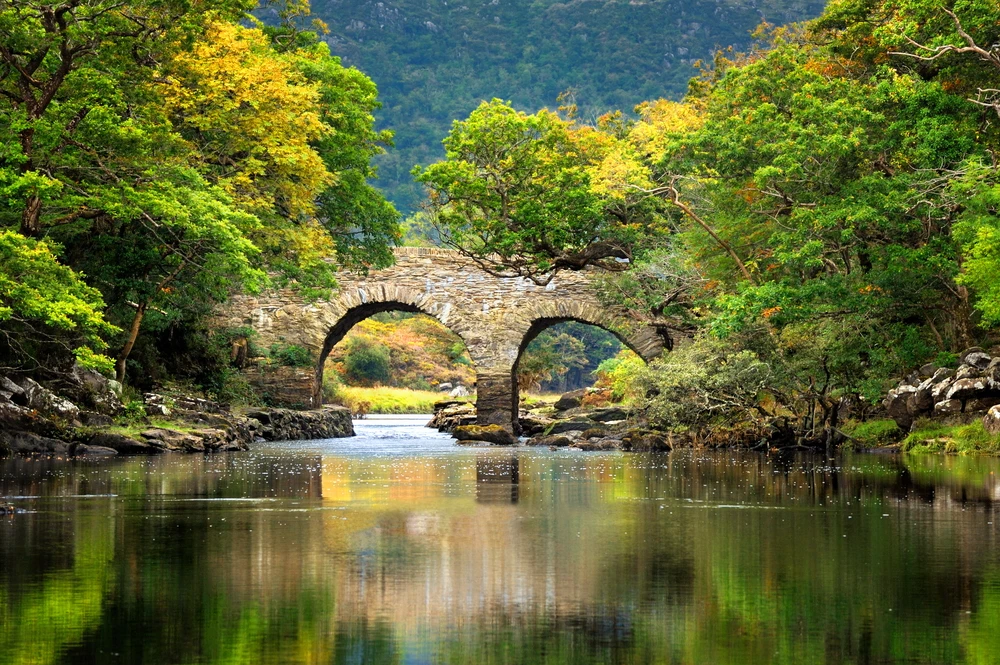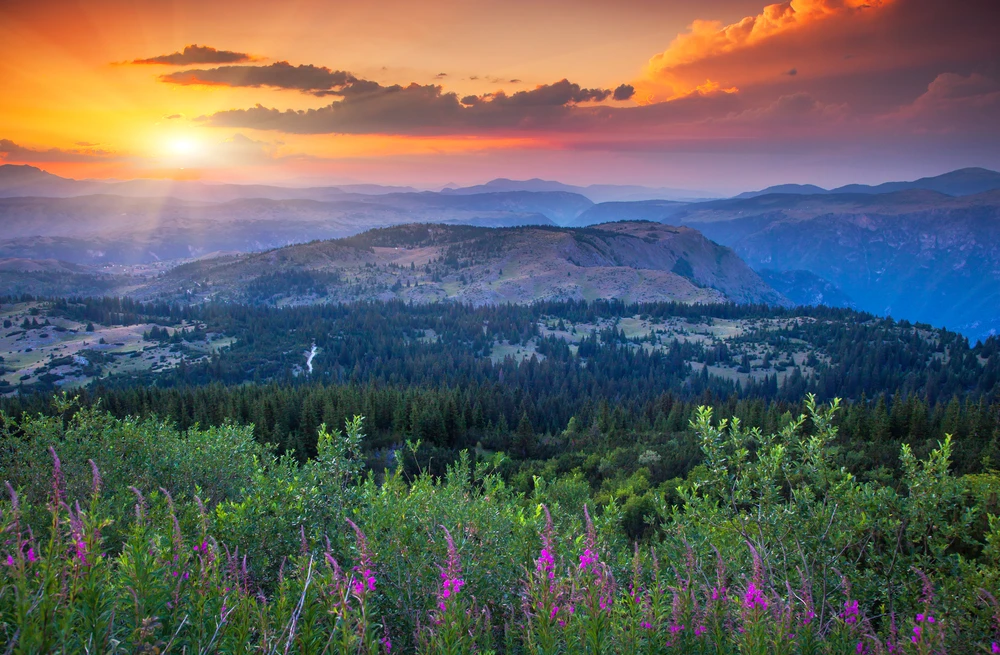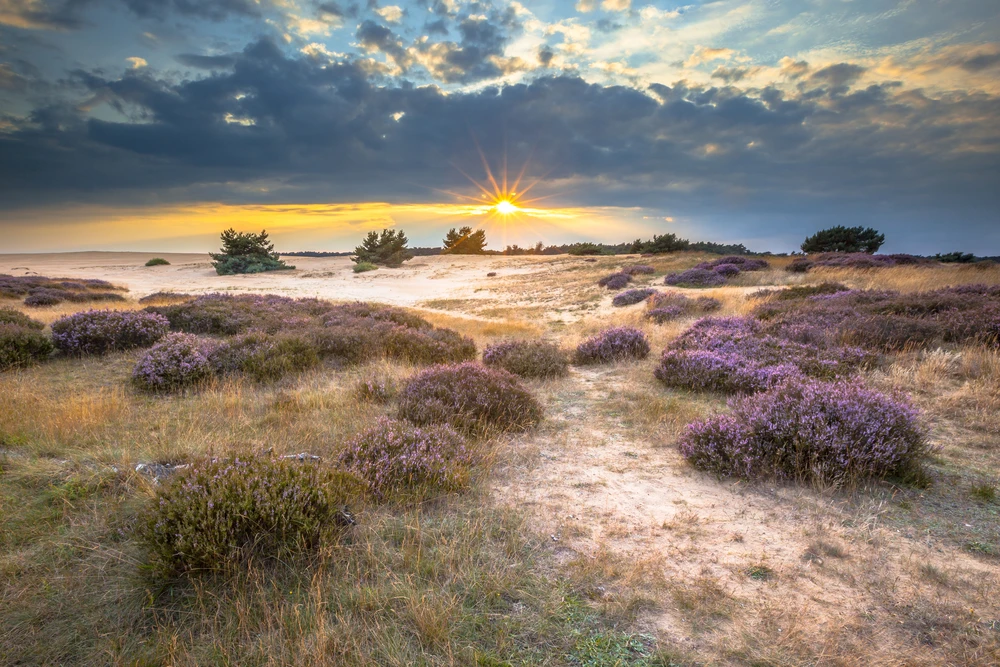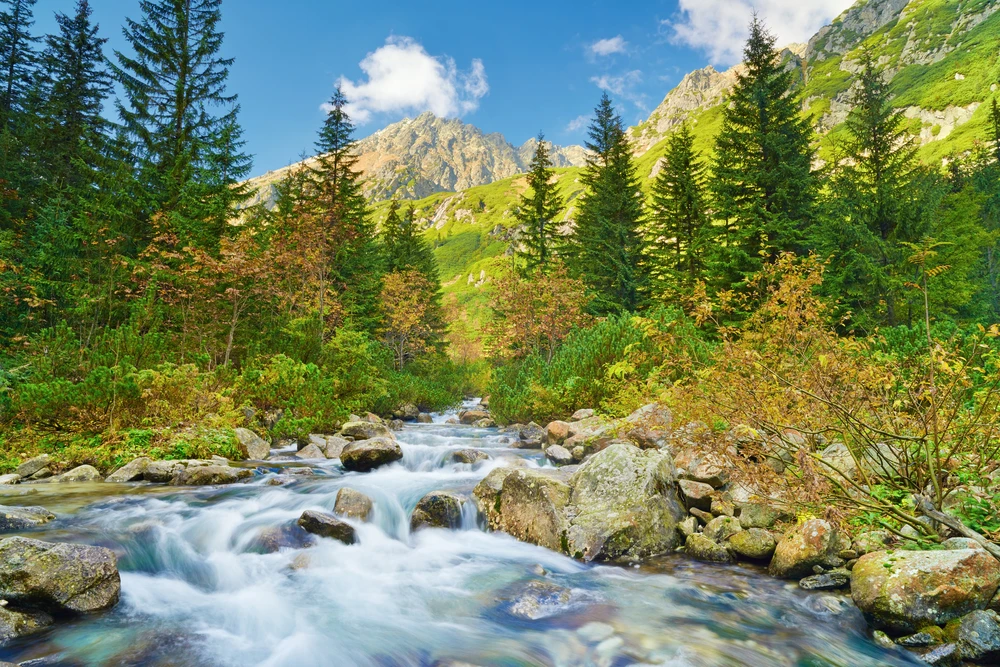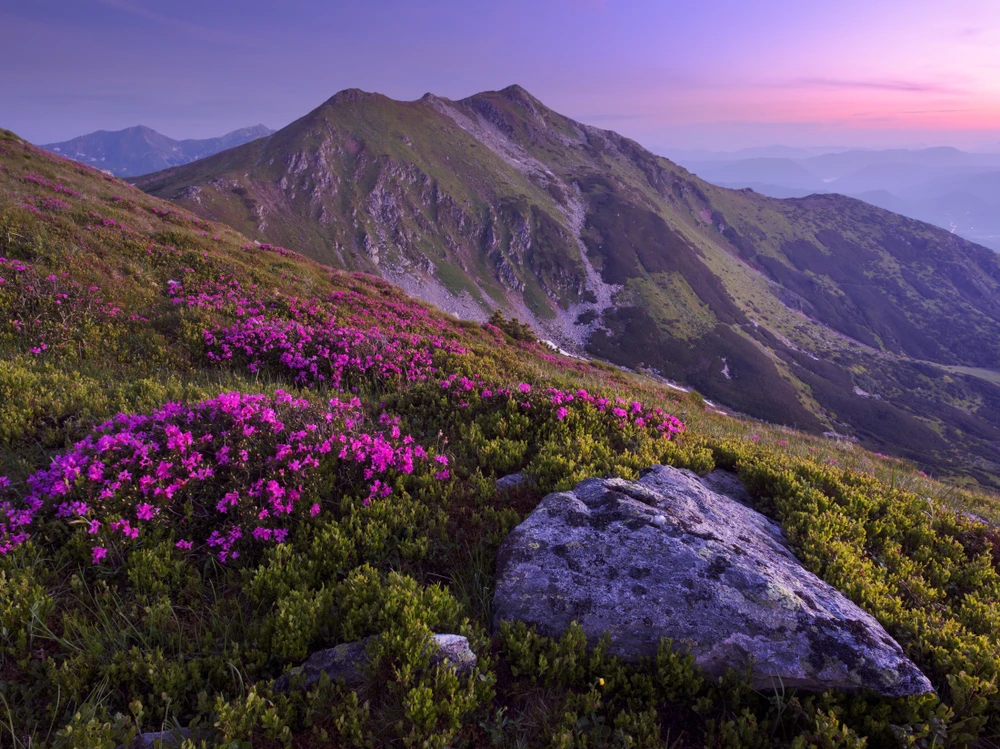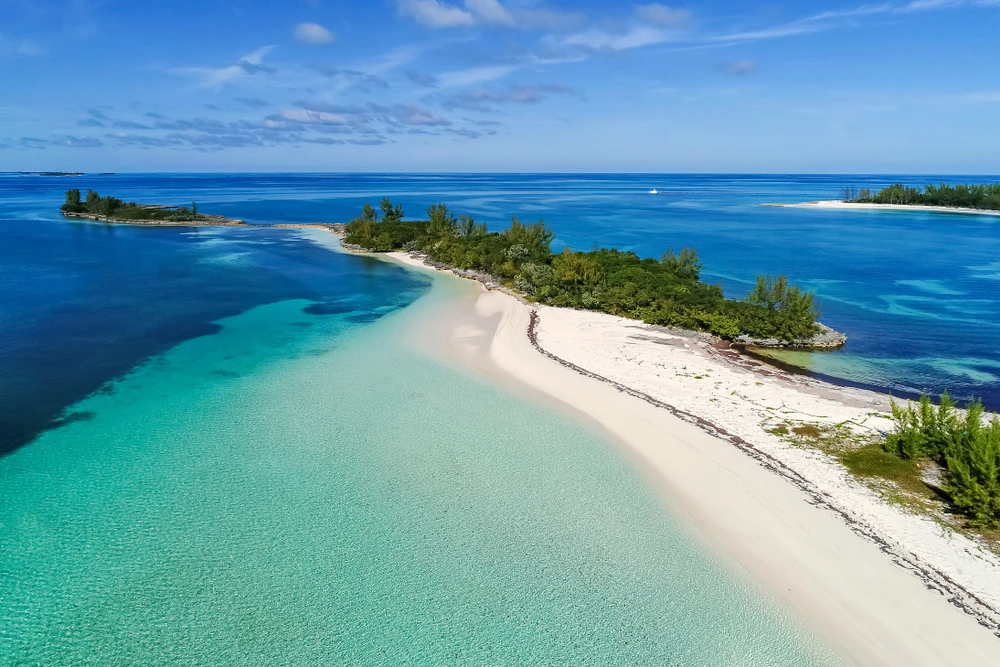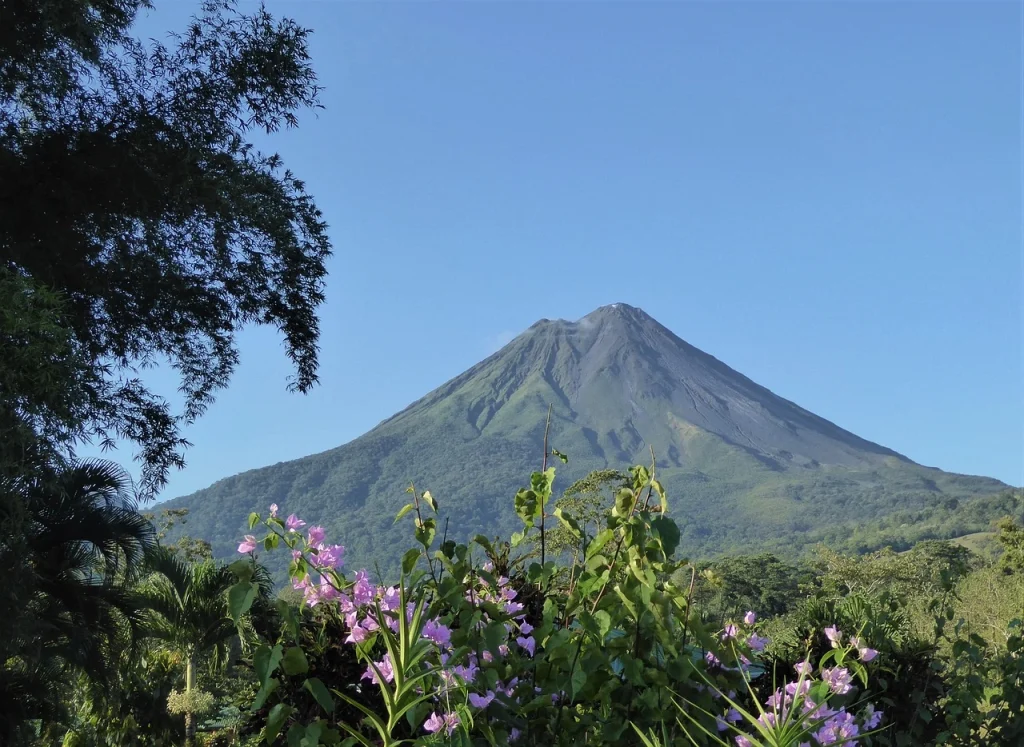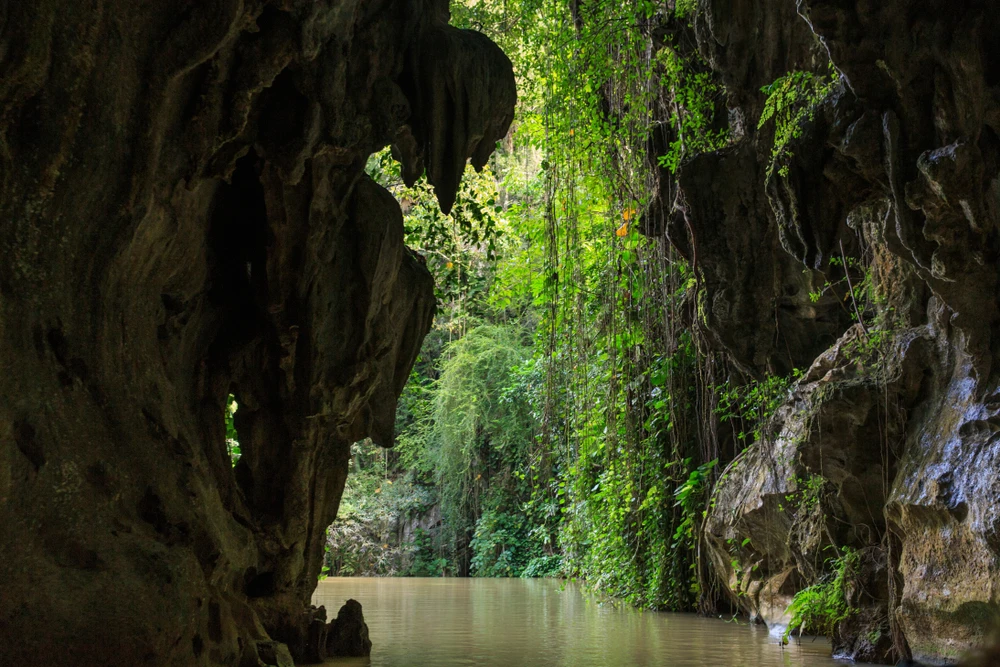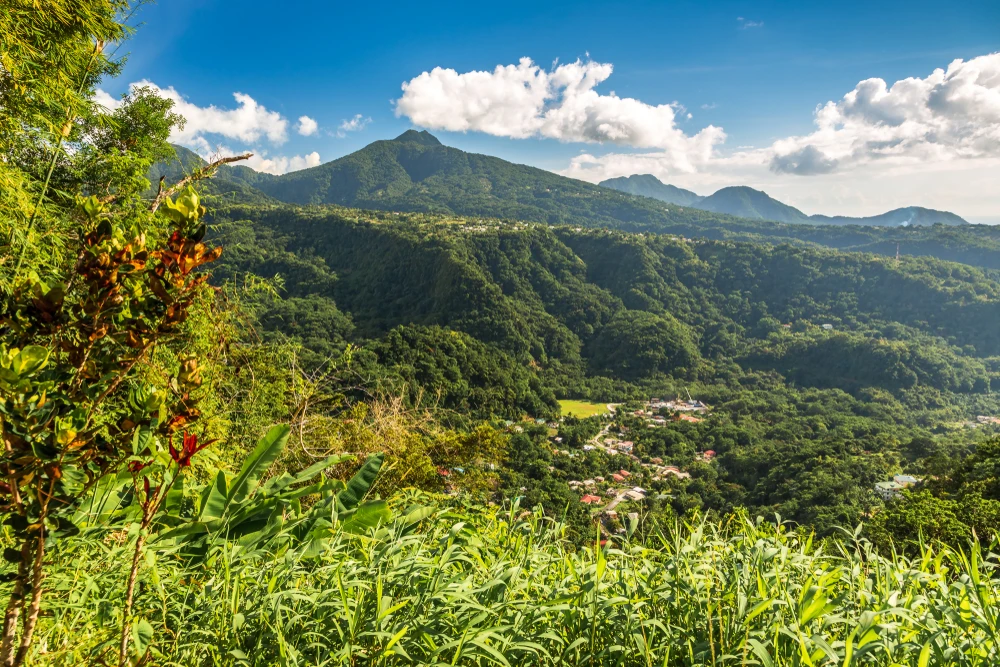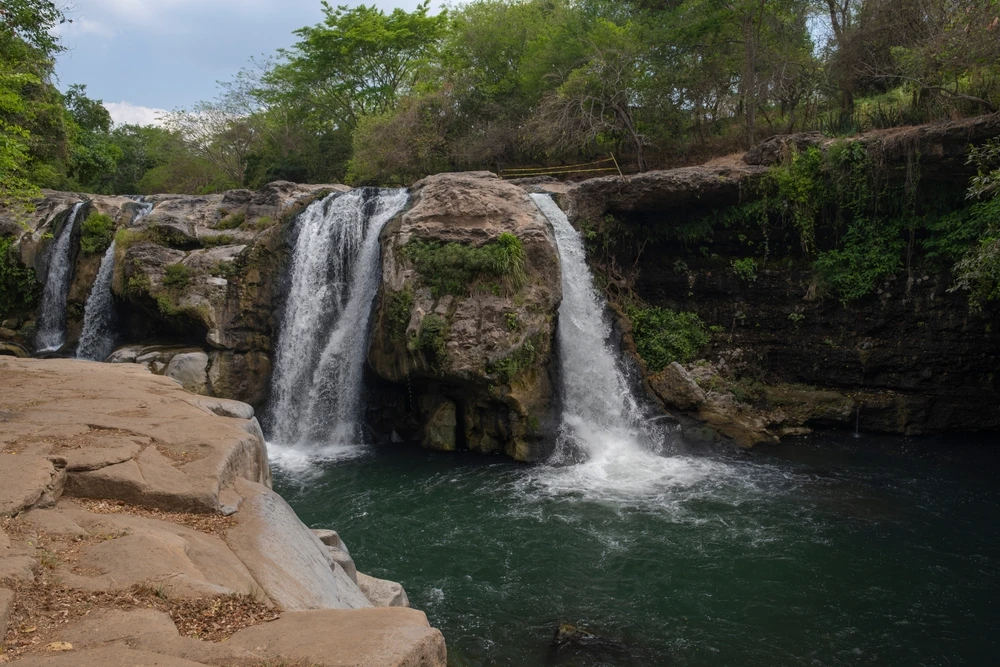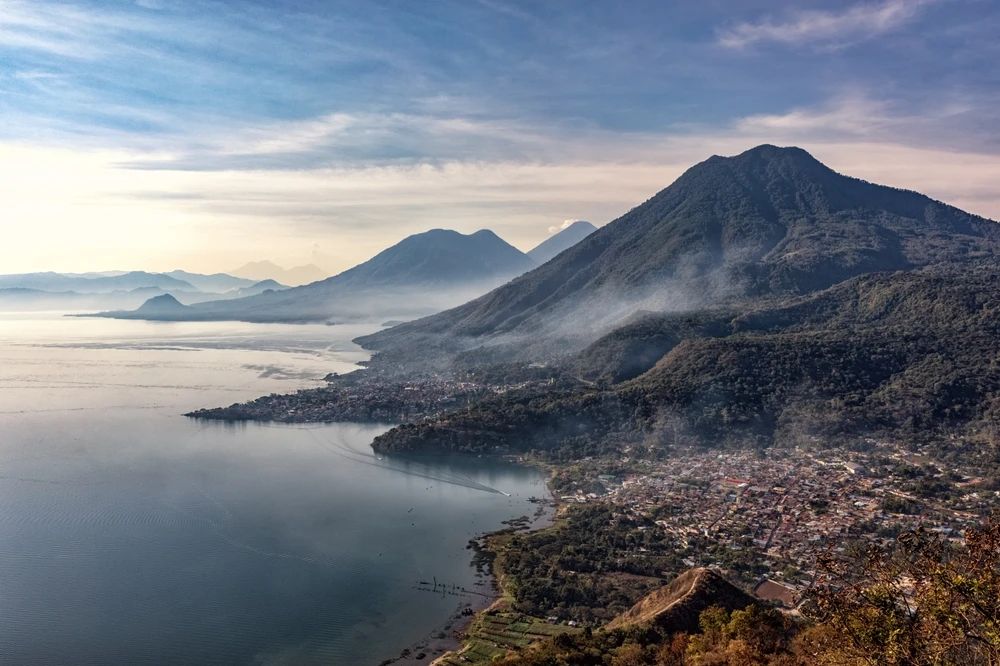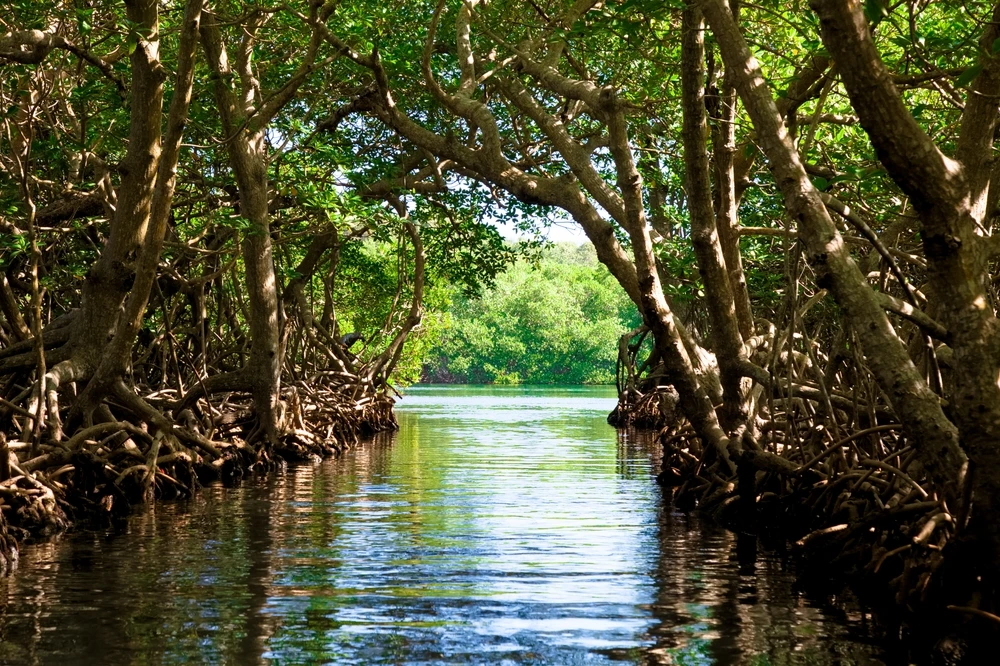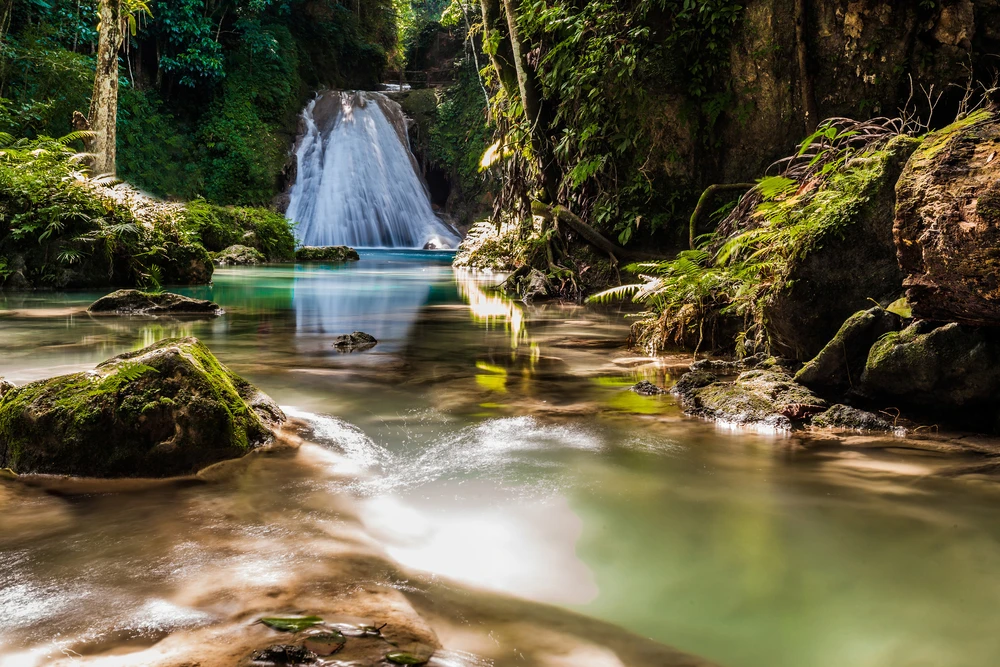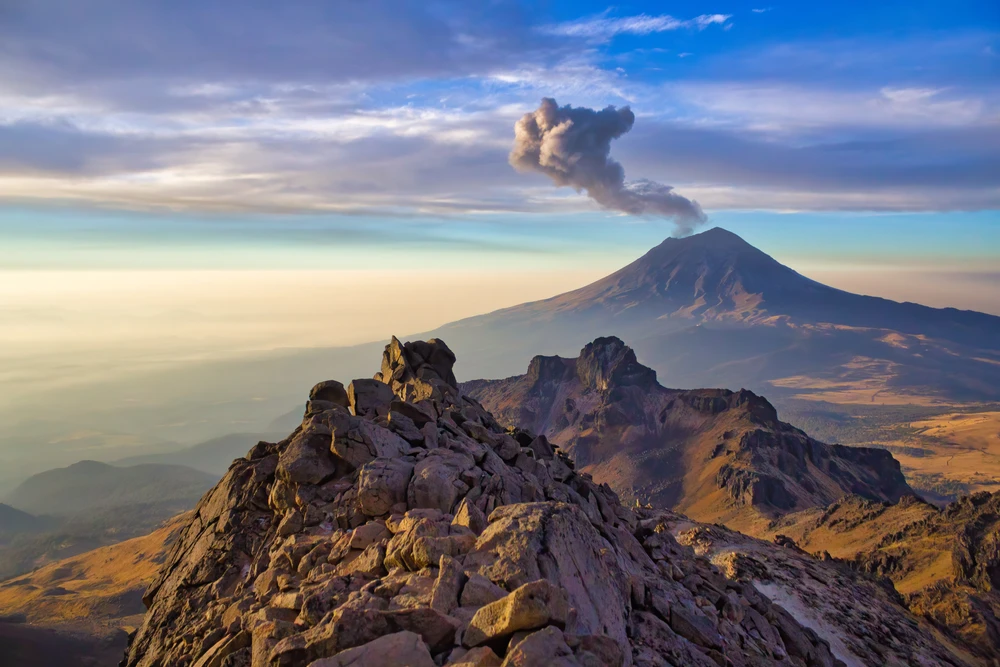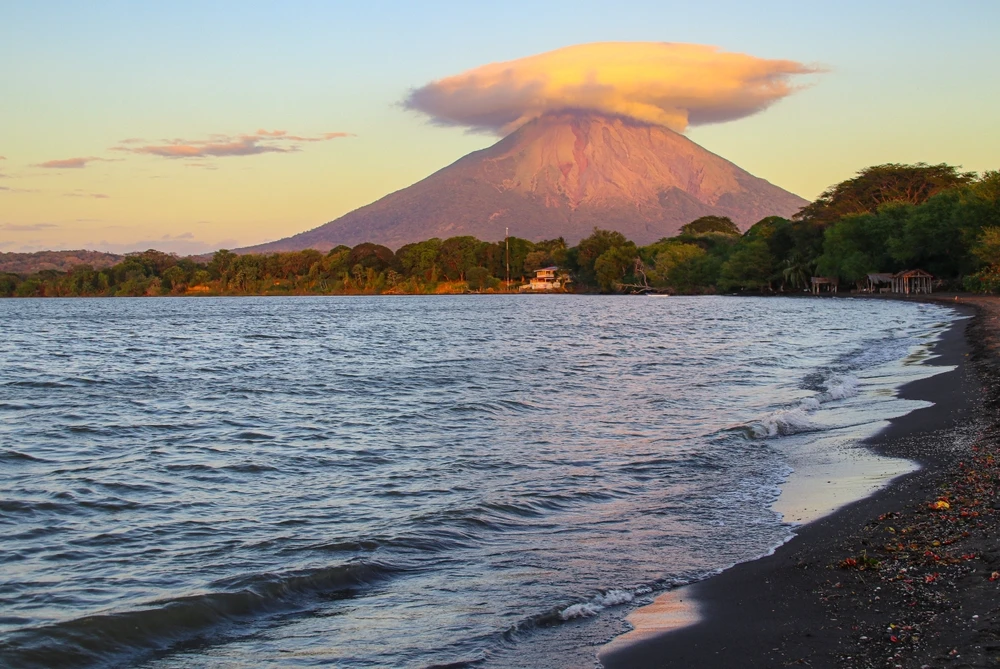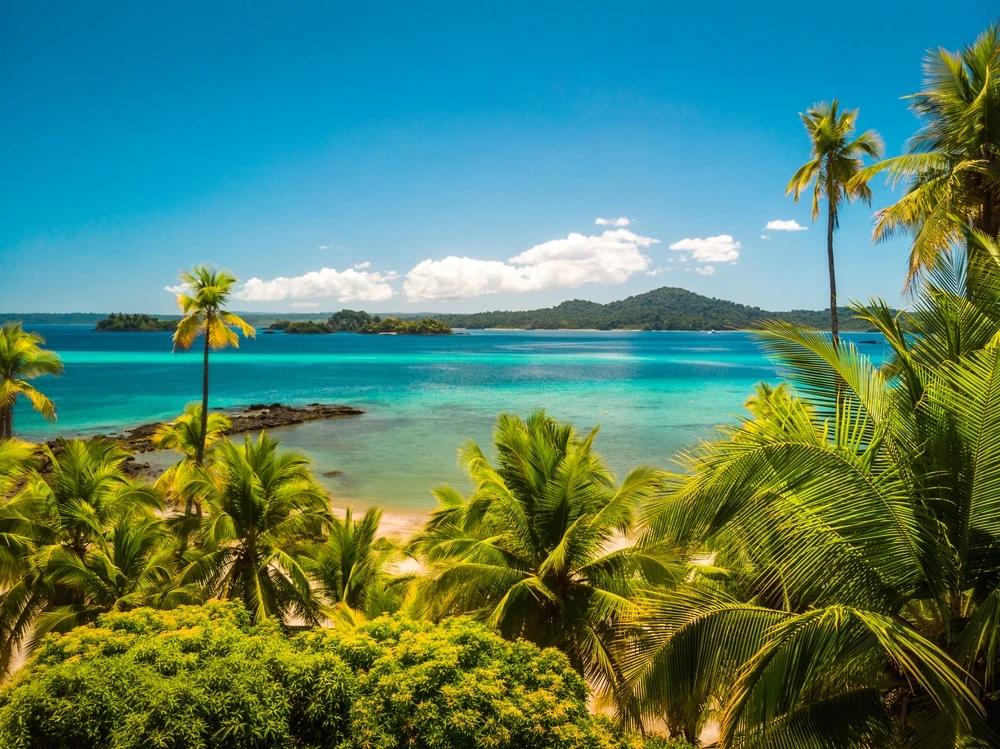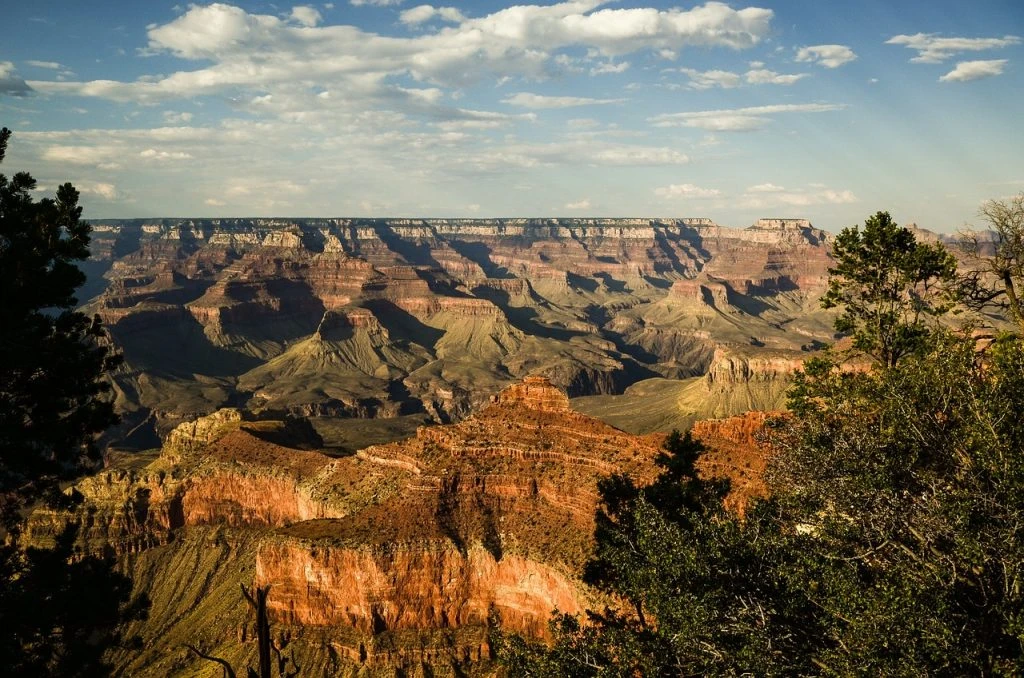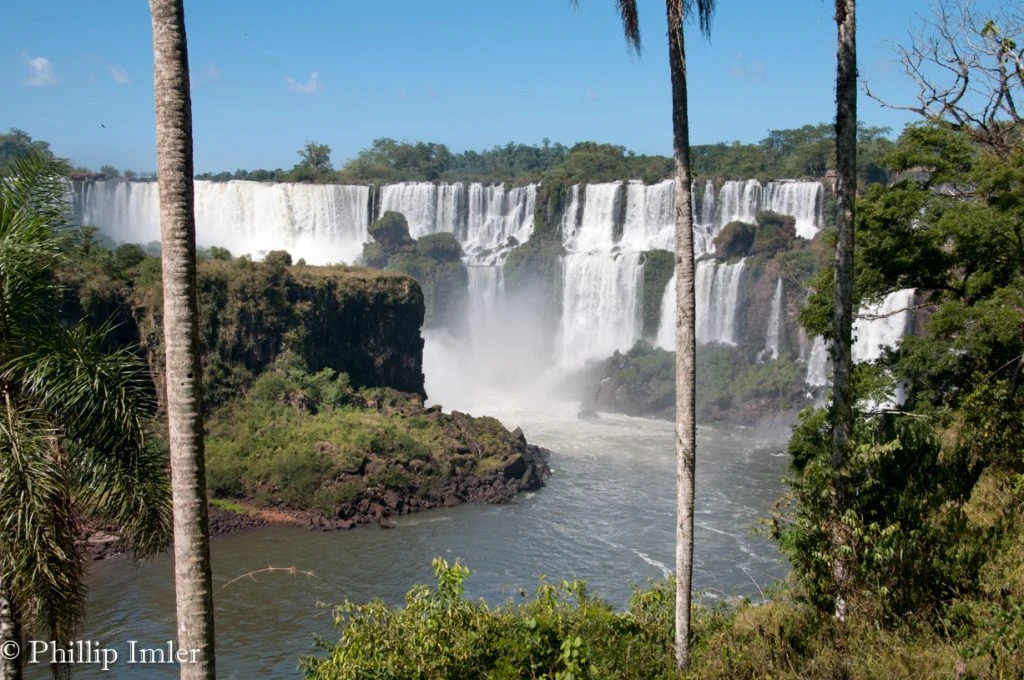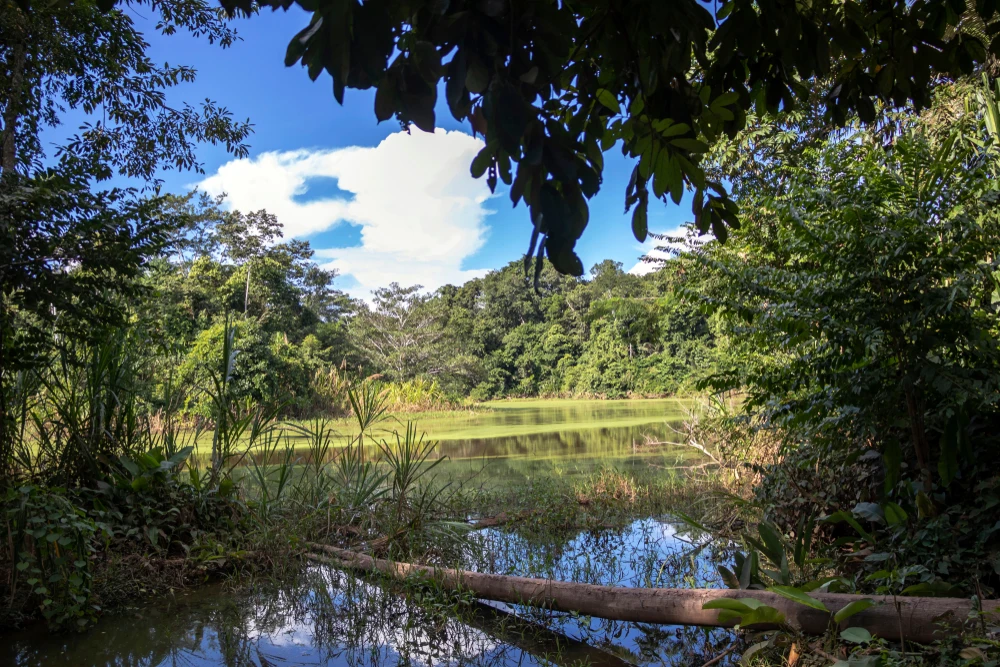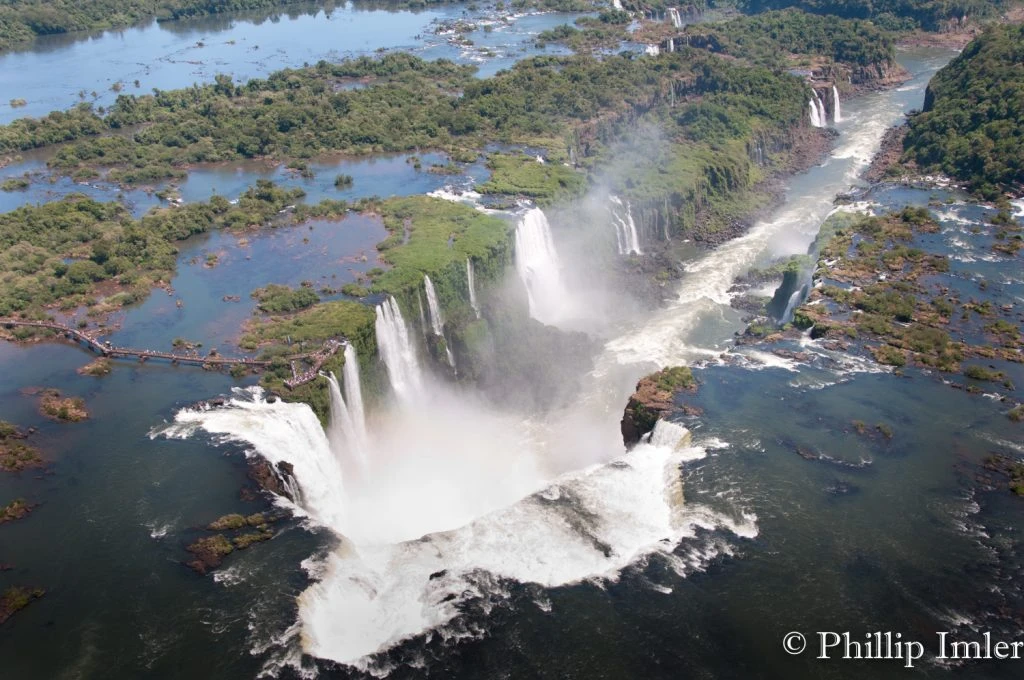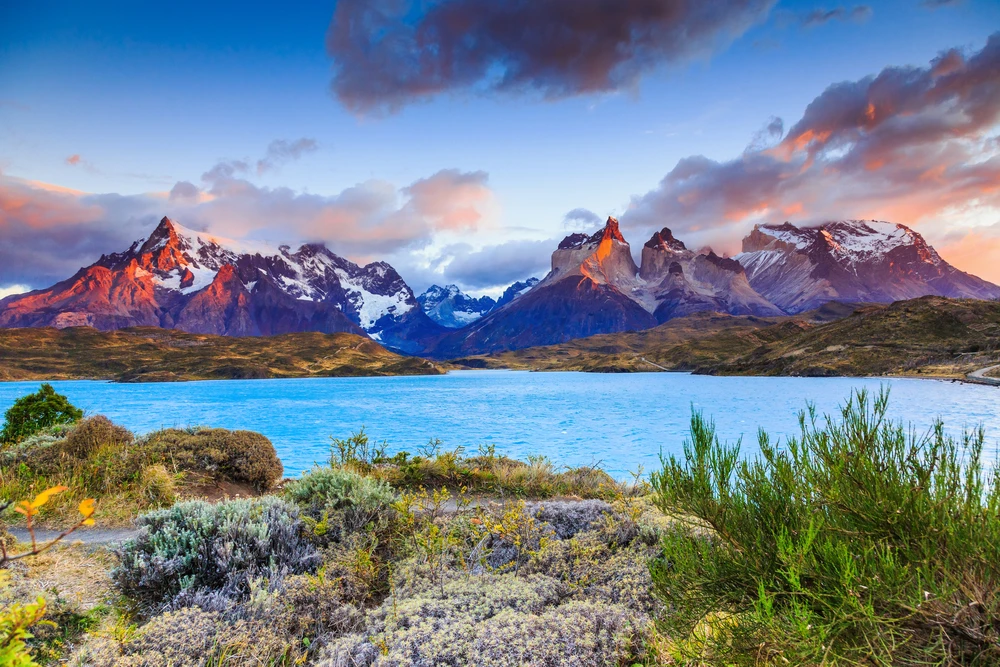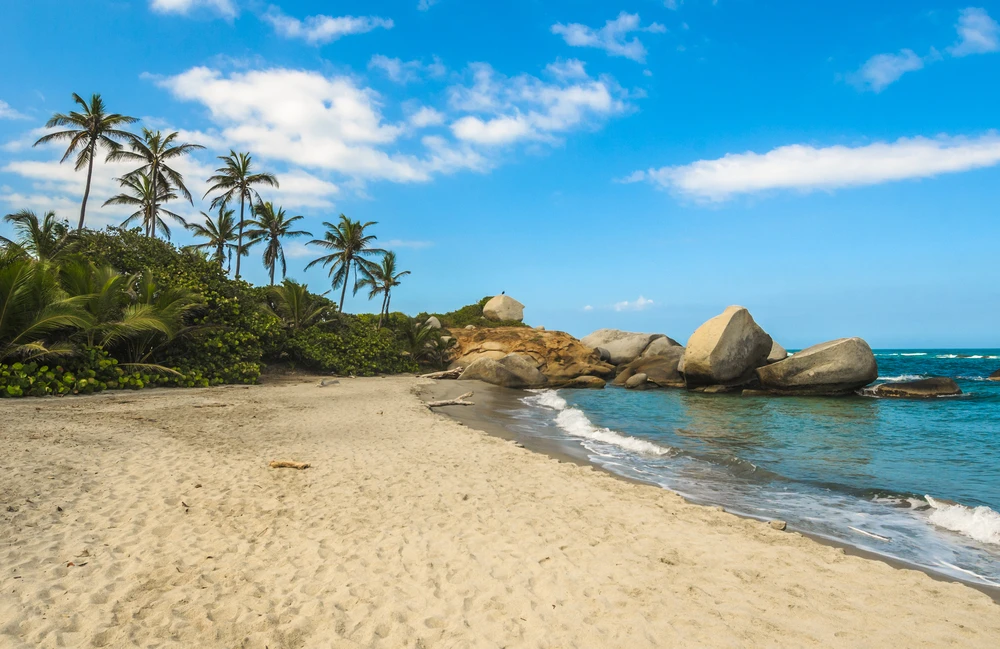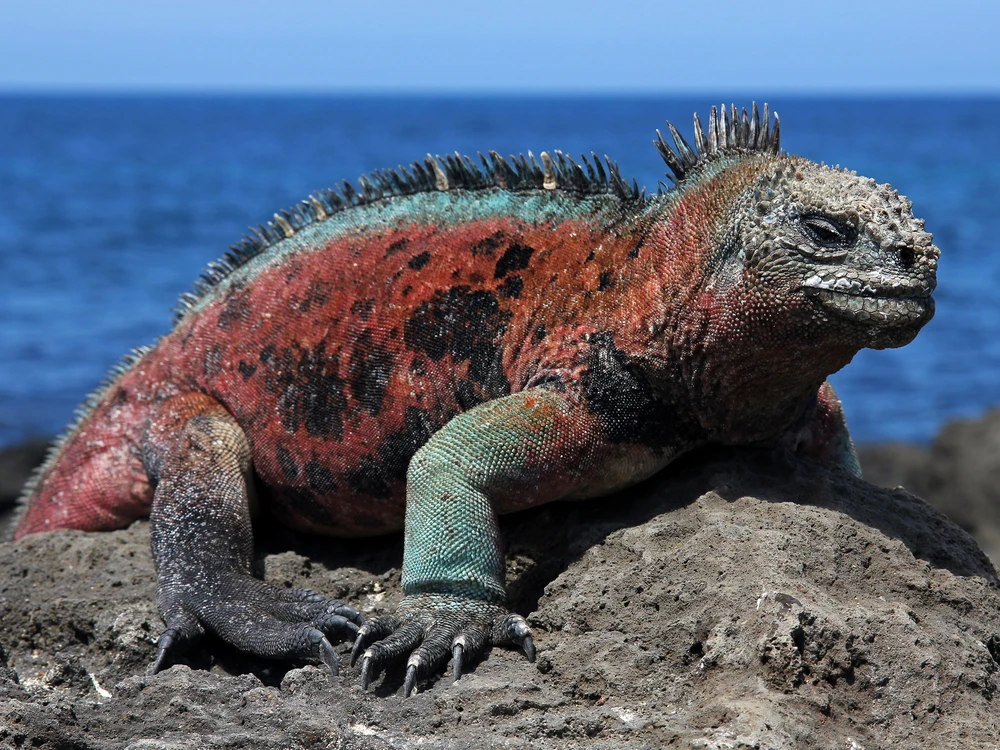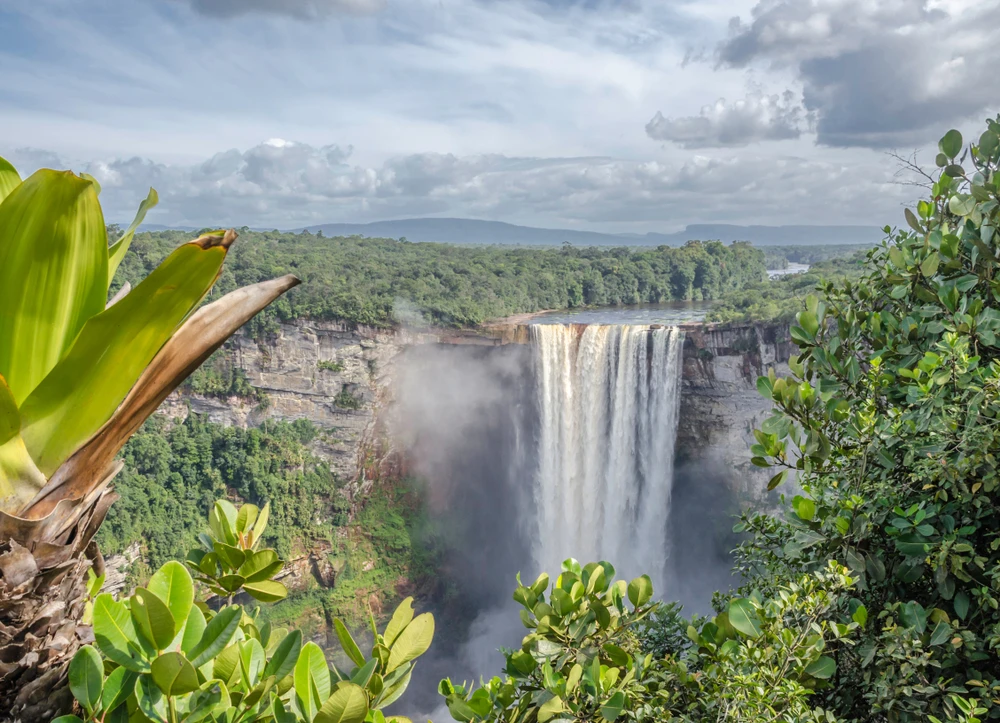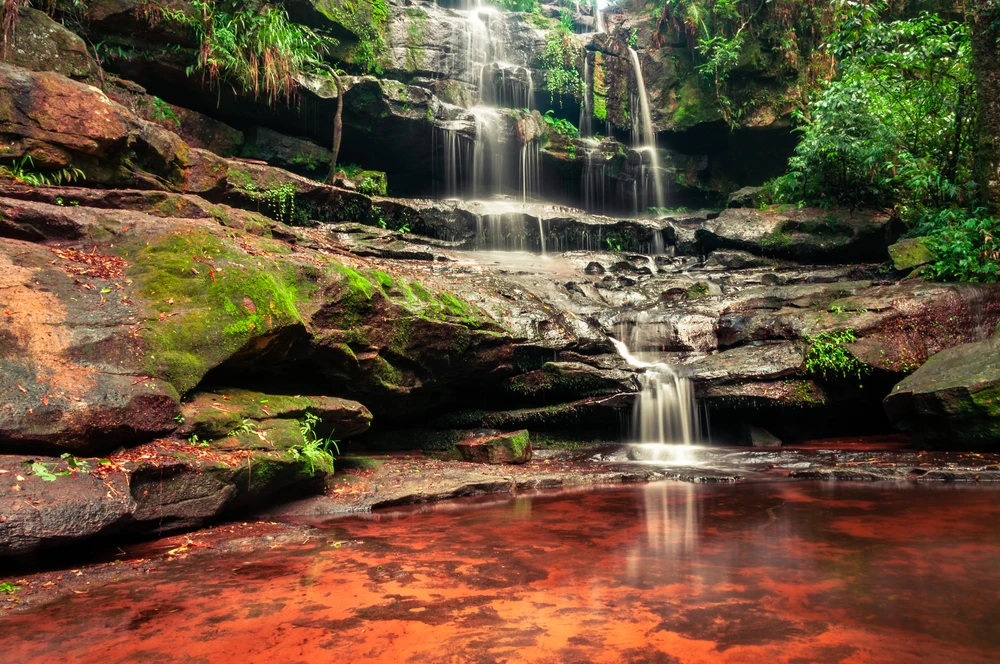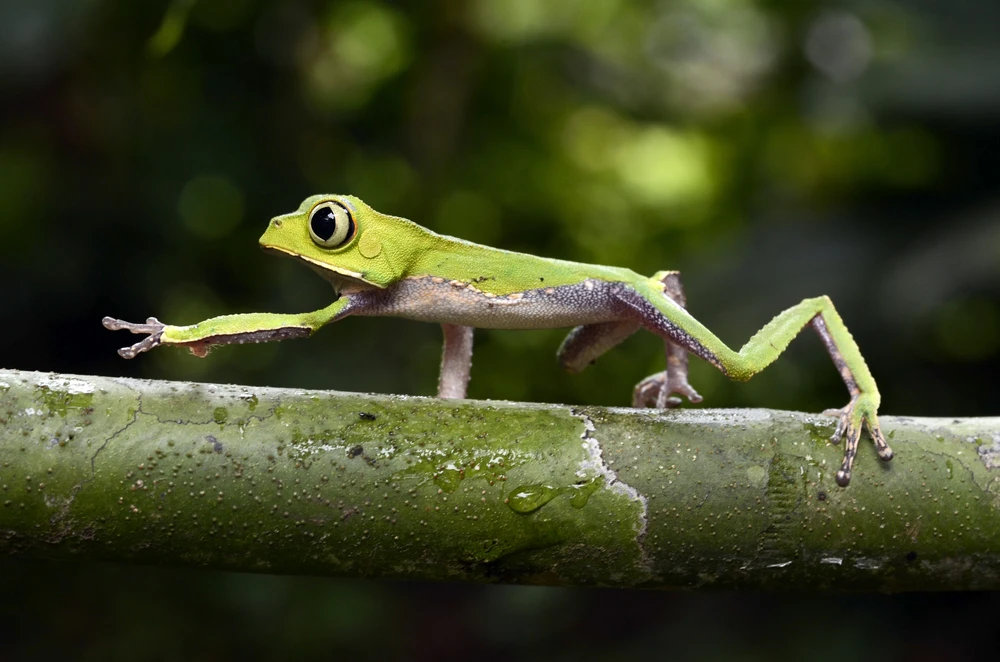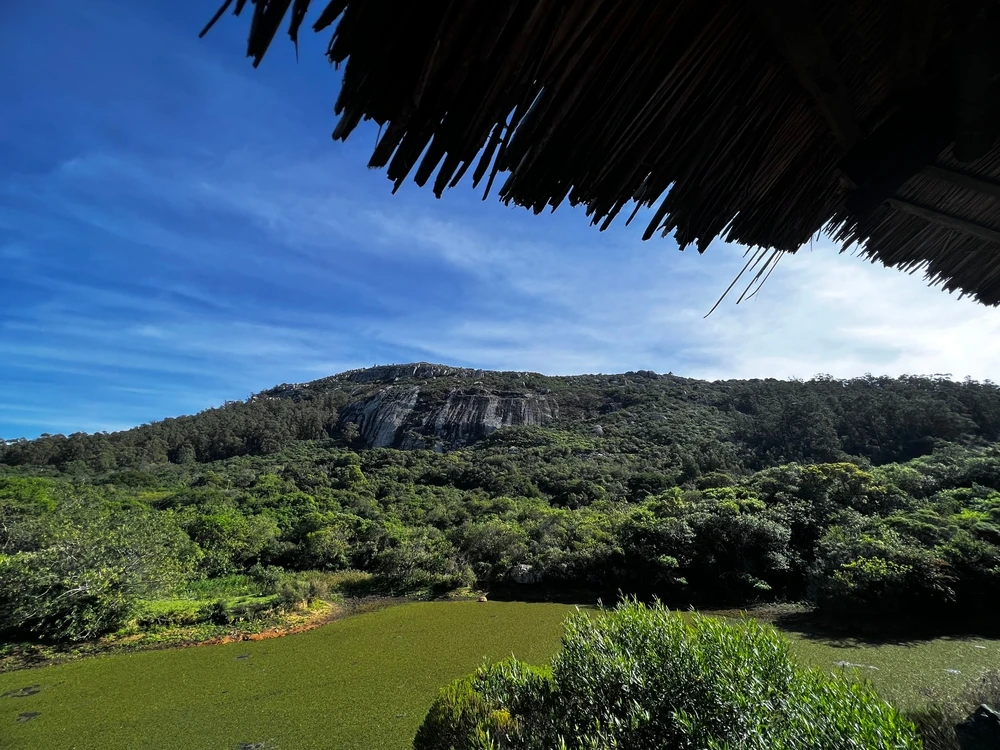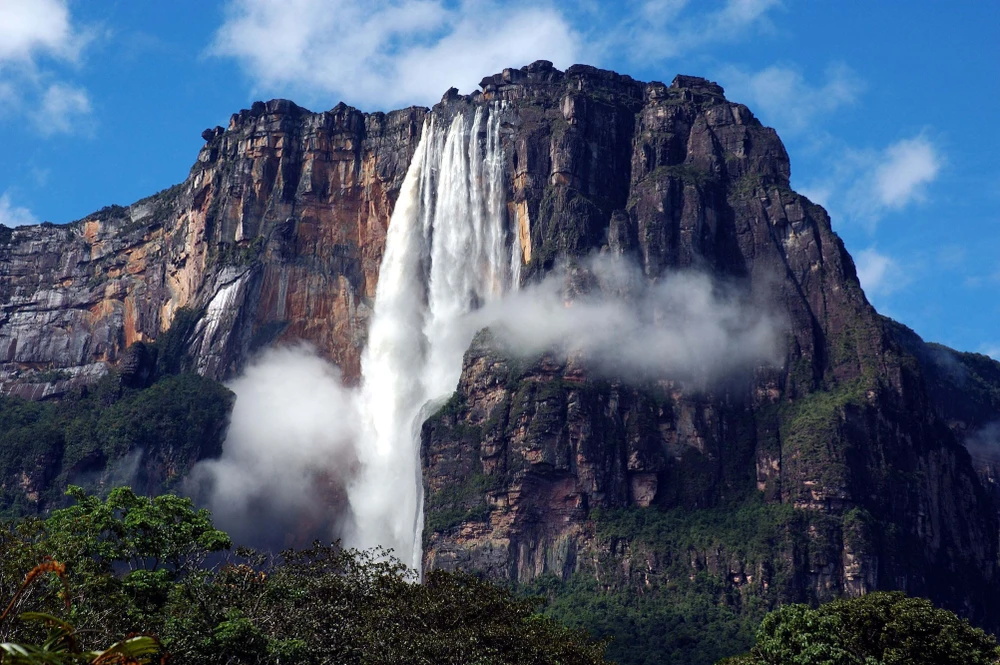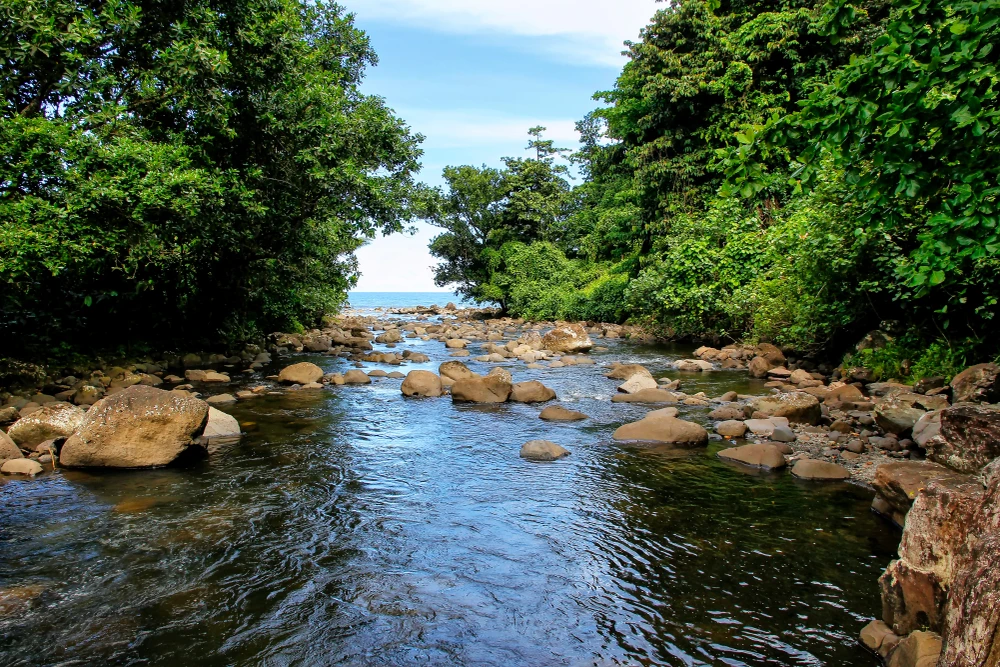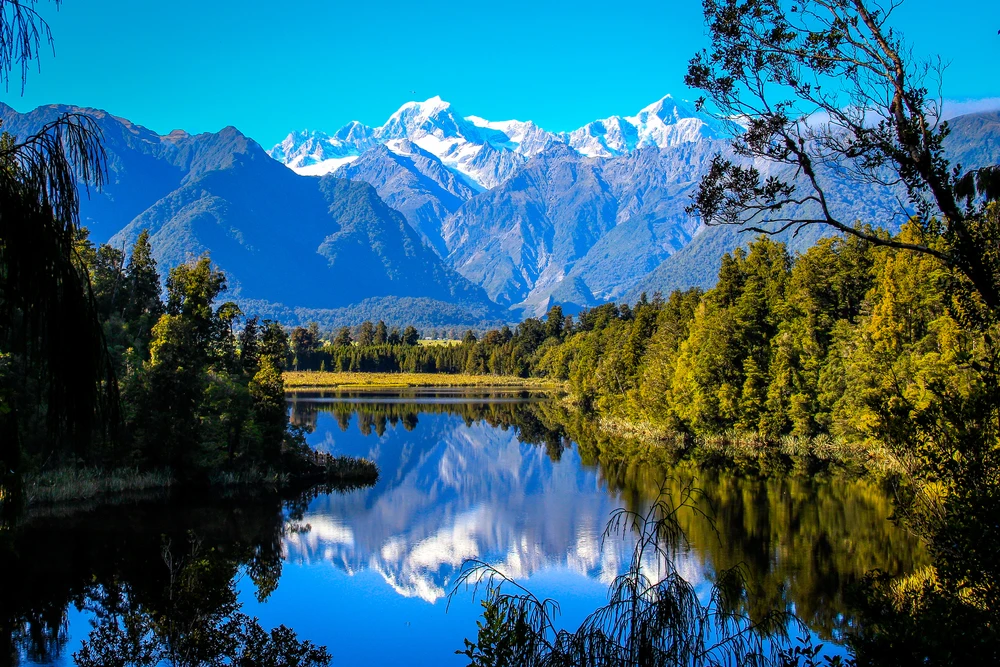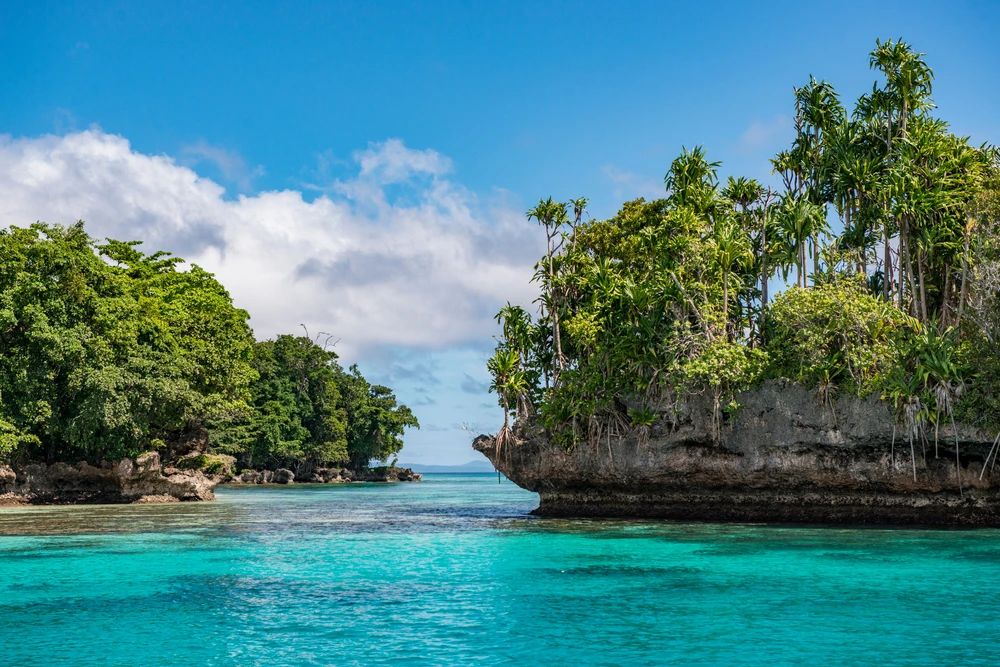Cavernas do Peruaçu Overview
Cavernas do Peruaçu National Park, known locally as Parque Nacional Cavernas do Peruaçu, is located in the state of Minas Gerais, Brazil. Covering an area of approximately 563 square kilometers (217 square miles), this remarkable park is renowned for its extensive cave systems, dramatic limestone formations, and rich biodiversity.
The park lies within the Cerrado biome, blending rugged terrain with lush vegetation, creating an environment where towering cliffs, deep valleys, and underground rivers shape the landscape. The Peruaçu River winds through the park, carving out massive caverns, the most famous of which is Gruta do Janelão, known for its stunning rock formations and vast chambers that reach up to 100 meters in height.
The park is also home to unique archaeological sites, featuring ancient rock paintings and petroglyphs that date back thousands of years, providing a glimpse into the region’s early human inhabitants.
The landscape is dominated by limestone outcrops, sinkholes, and caves, with lush gallery forests lining the riverbanks. The park’s vegetation includes a mix of cerrado savanna, semi-deciduous forests, and riparian ecosystems, where trees such as sucupira, ipê, and jatobá thrive. Towering cliffs and karst formations create an otherworldly atmosphere, while the interplay of light and shadow within the caverns adds to their mystique.
Some caves feature massive stalactites and stalagmites, forming intricate natural sculptures over millennia. The underground systems of the park not only shape its visual appeal but also play a crucial role in the region’s hydrology, influencing the water table and sustaining diverse plant and animal life.
Wildlife in Cavernas do Peruaçu National Park is equally impressive, with numerous species adapted to both the surface and subterranean environments. The park provides habitat for jaguars, ocelots, giant anteaters, and peccaries, among other mammals.
Its birdlife is particularly diverse, with species such as the toco toucan, blue-crowned trogon, and the endangered Brazilian merganser frequenting the area. Bats play a critical role in the ecosystem, particularly in the caves, where they contribute to nutrient cycling. Reptiles and amphibians, including various lizards, frogs, and snakes, thrive in the park’s humid and shaded environments, while insects and invertebrates populate the deep caves, forming complex ecological networks.
One of the park’s most remarkable attractions is the Gruta do Janelão, a massive cavern featuring one of the largest stalactites in the world, known as Perna de Gigante. The paintings and rock carvings of the Lapa dos Desenhos and other archaeological sites within the park provide significant insights into the region’s prehistoric cultures, making the park an essential destination for history and archaeology enthusiasts.
Hiking trails offer breathtaking views of the park’s landscapes, leading visitors to viewpoints overlooking the valley and cave entrances. Speleology, or cave exploration, is a key activity, allowing adventurers to witness the hidden beauty of the underground world. Birdwatching and wildlife observation are also popular, as visitors can often spot rare and endemic species in their natural habitats.
Cavernas do Peruaçu National Park faces conservation challenges, including habitat degradation, climate change, and illegal activities such as poaching and deforestation in surrounding areas.
However, its management efforts have been successful in promoting sustainable tourism and preserving its delicate ecosystems. Partnerships with local communities and researchers have helped advance conservation initiatives, ensuring that the park’s unique geological and biological heritage remains protected for future generations.
Park Map
Cavernas do Peruaçu National Park Highlights
Share your clicks with us
Related National Parks More Brazil
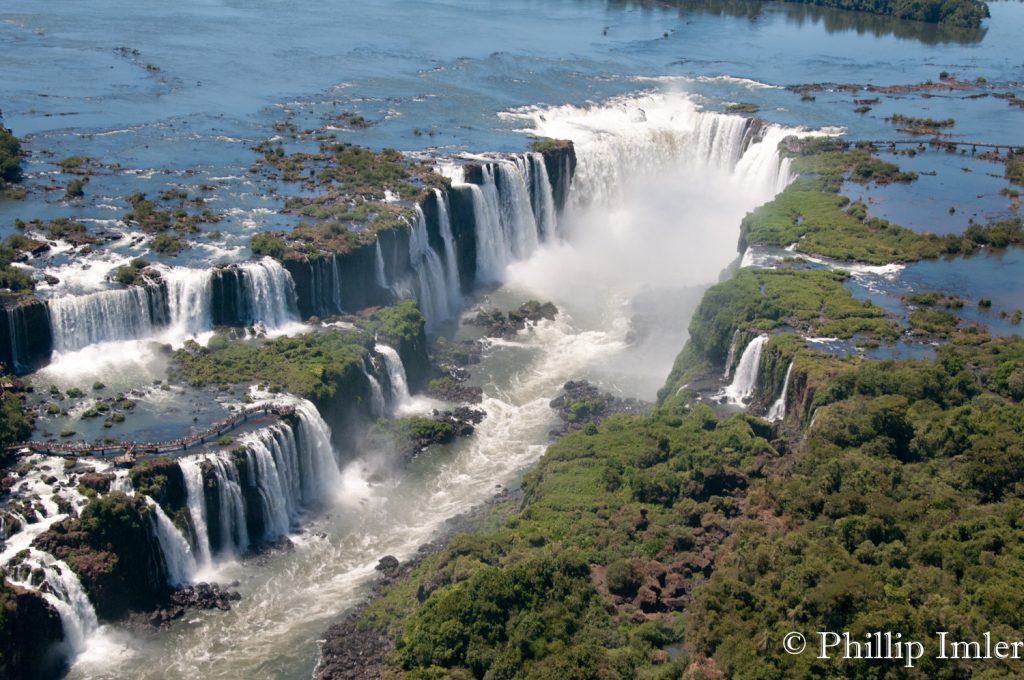
Iguaçu National Park
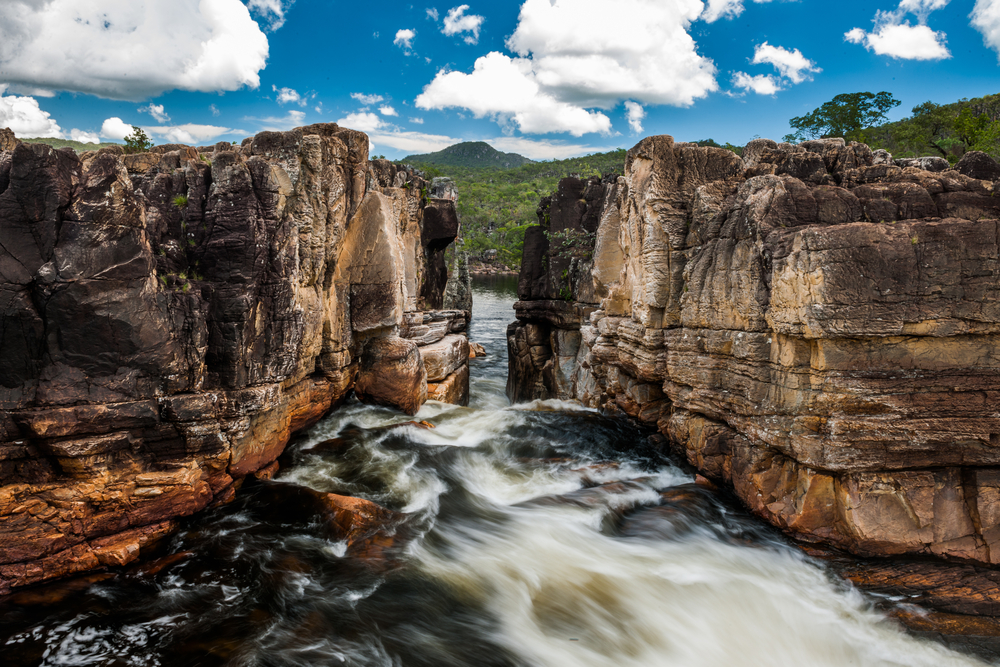
Chapada dos Veadeiros National Park
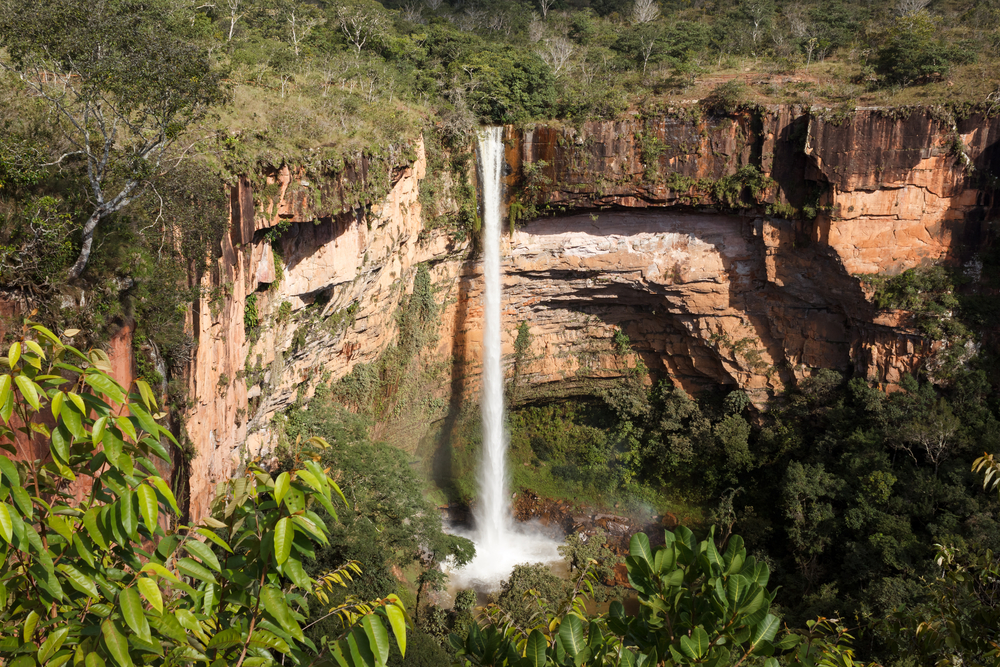
Chapada dos Guimarães National Park
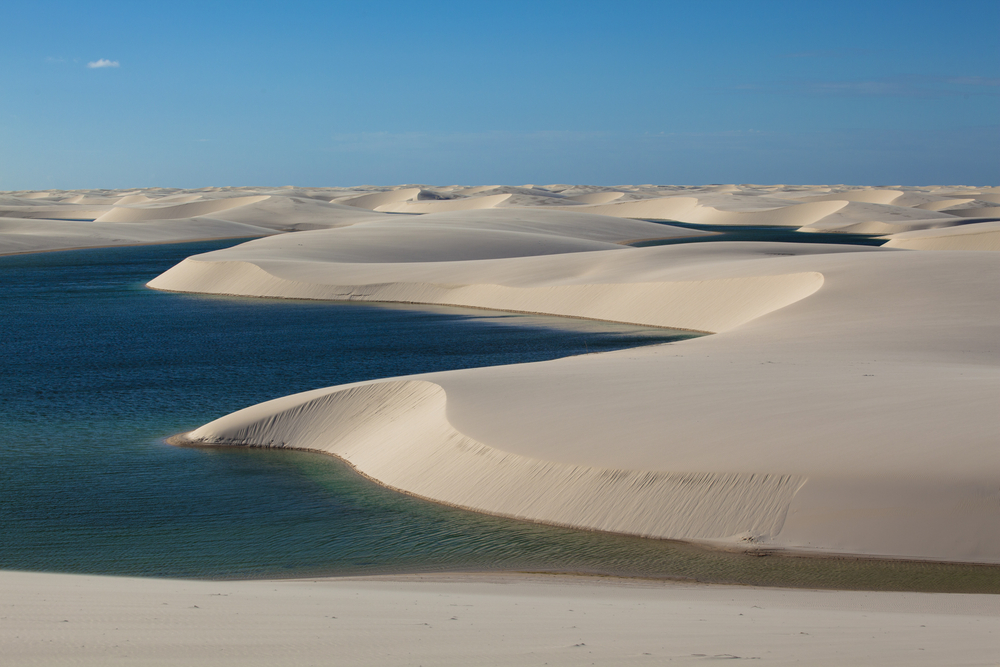
Lençóis Maranhenses National Park
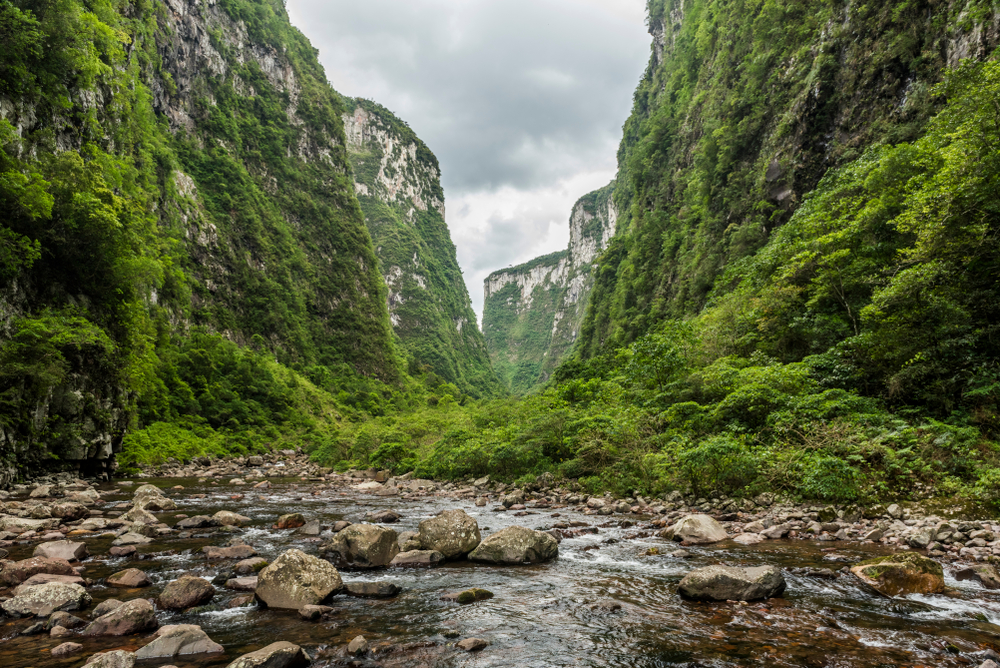
Aparados da Serra National Park

Araguaia National Park
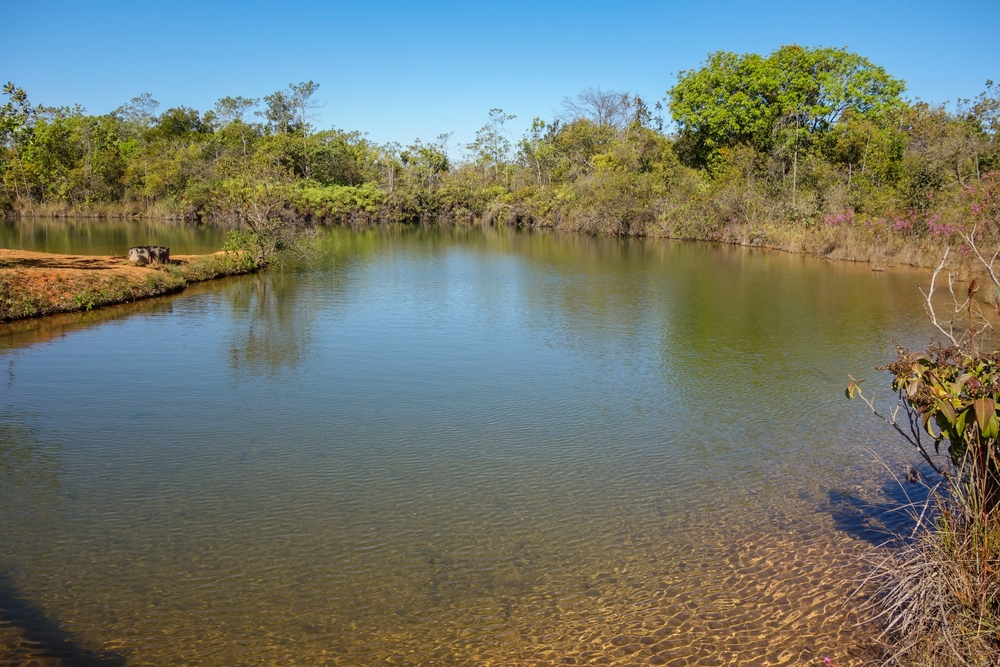
Brasilia National Park

Caparaó National Park
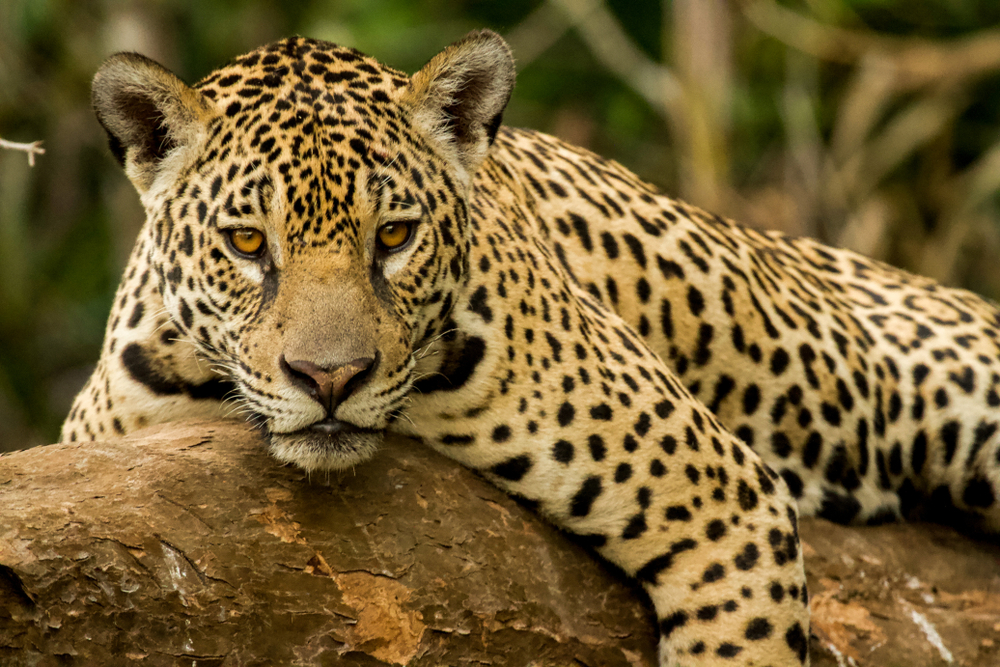
Pantanal Matogrossense National Park
